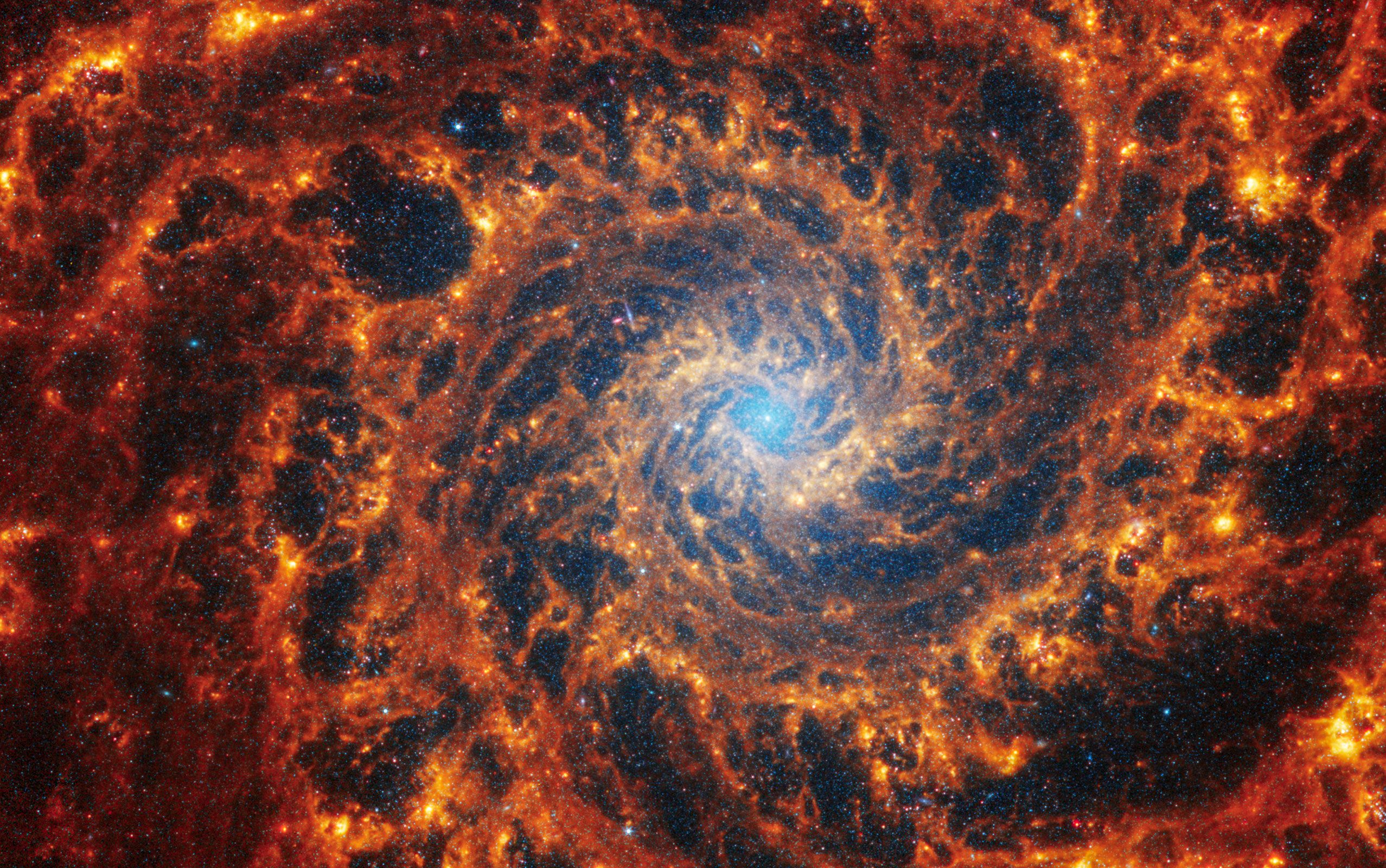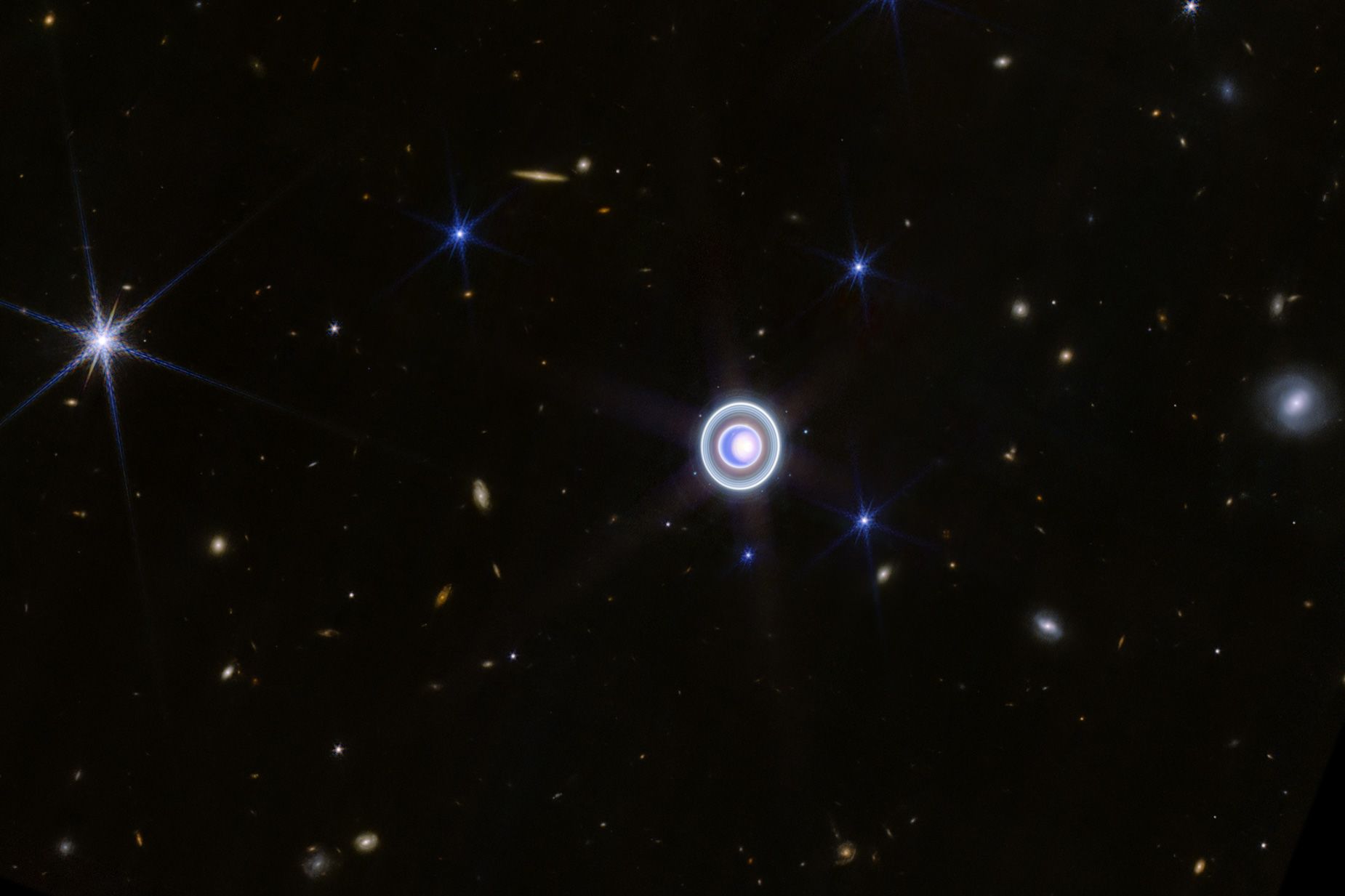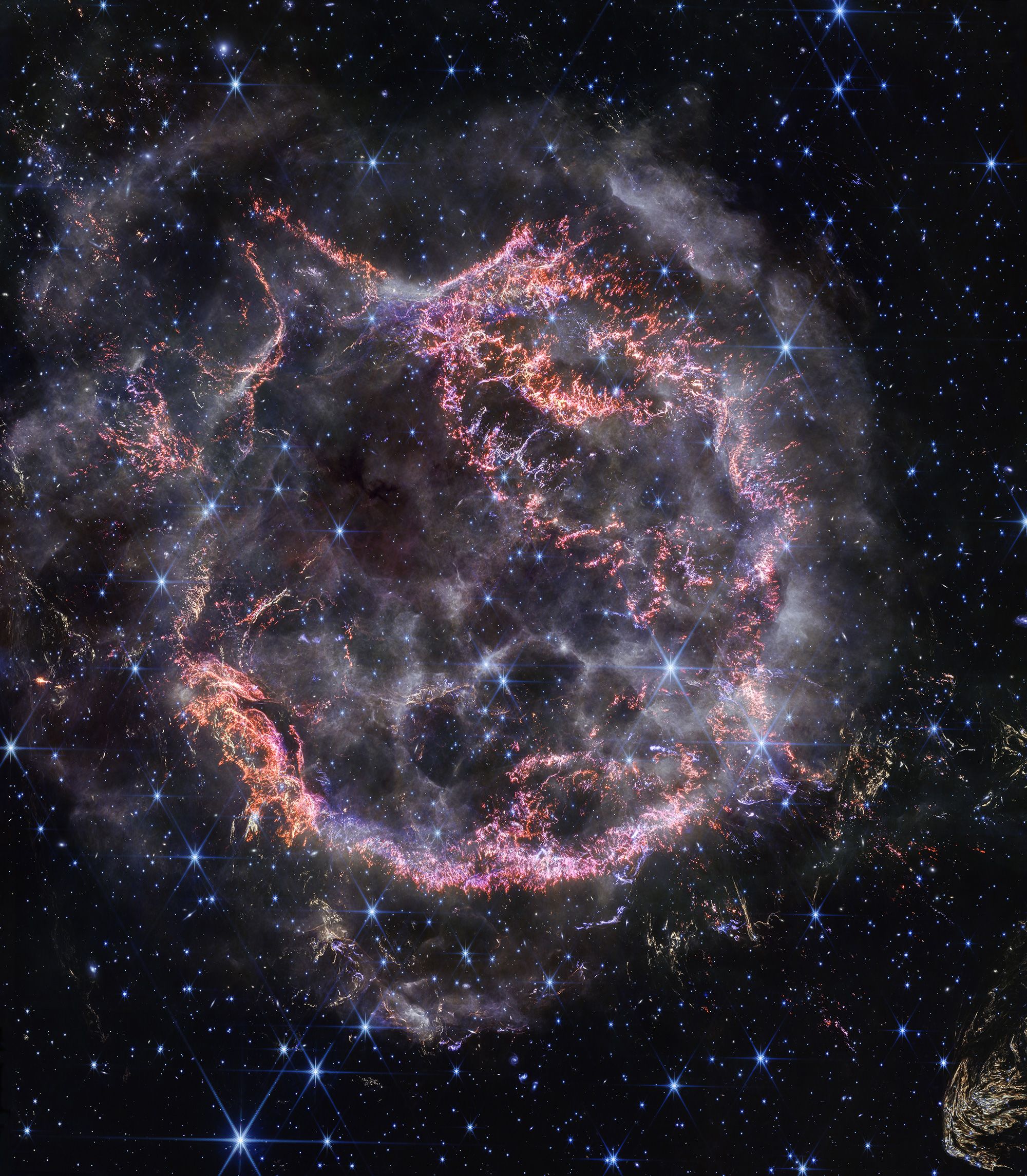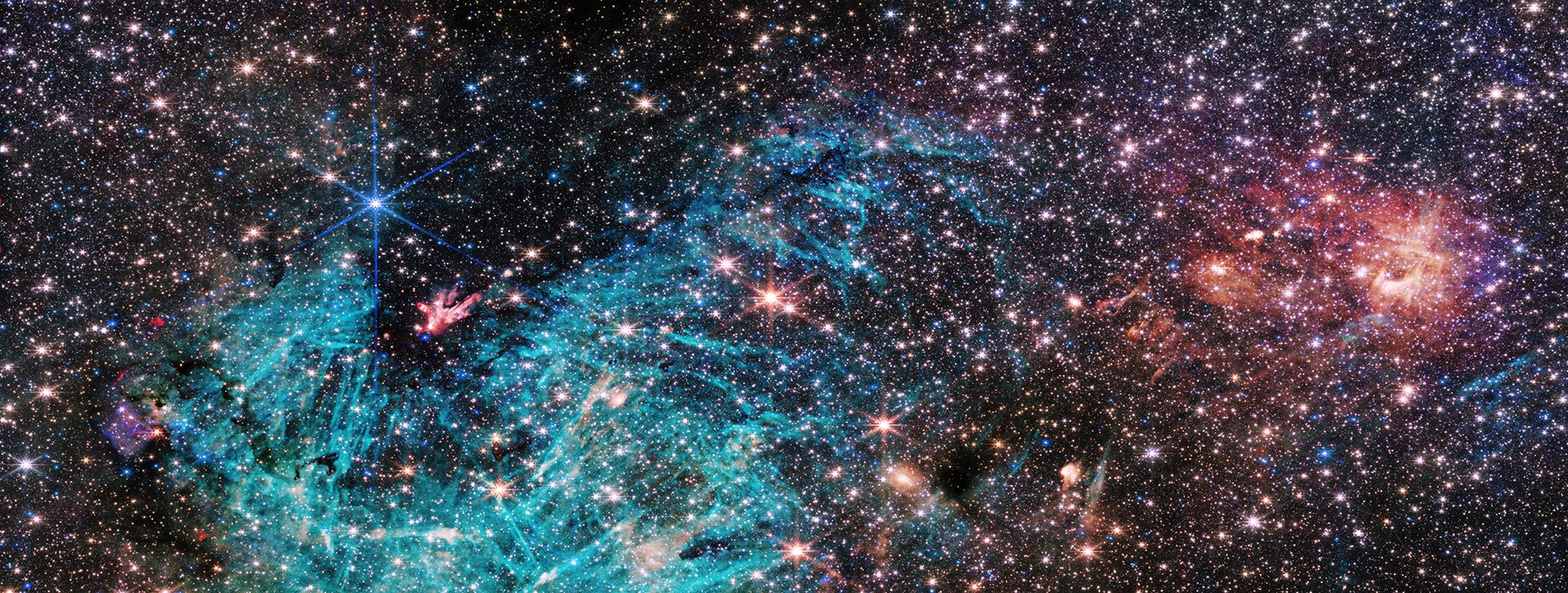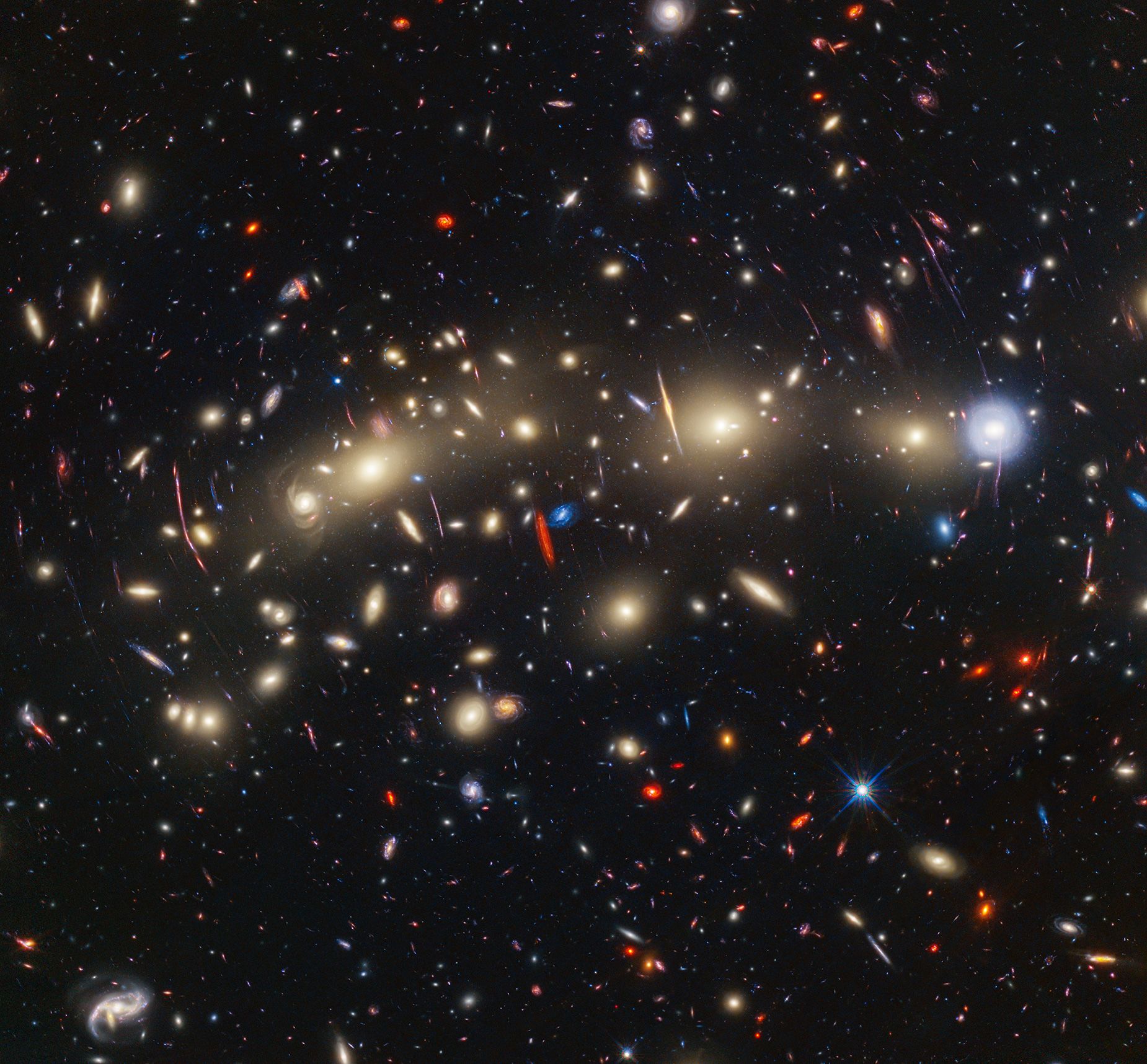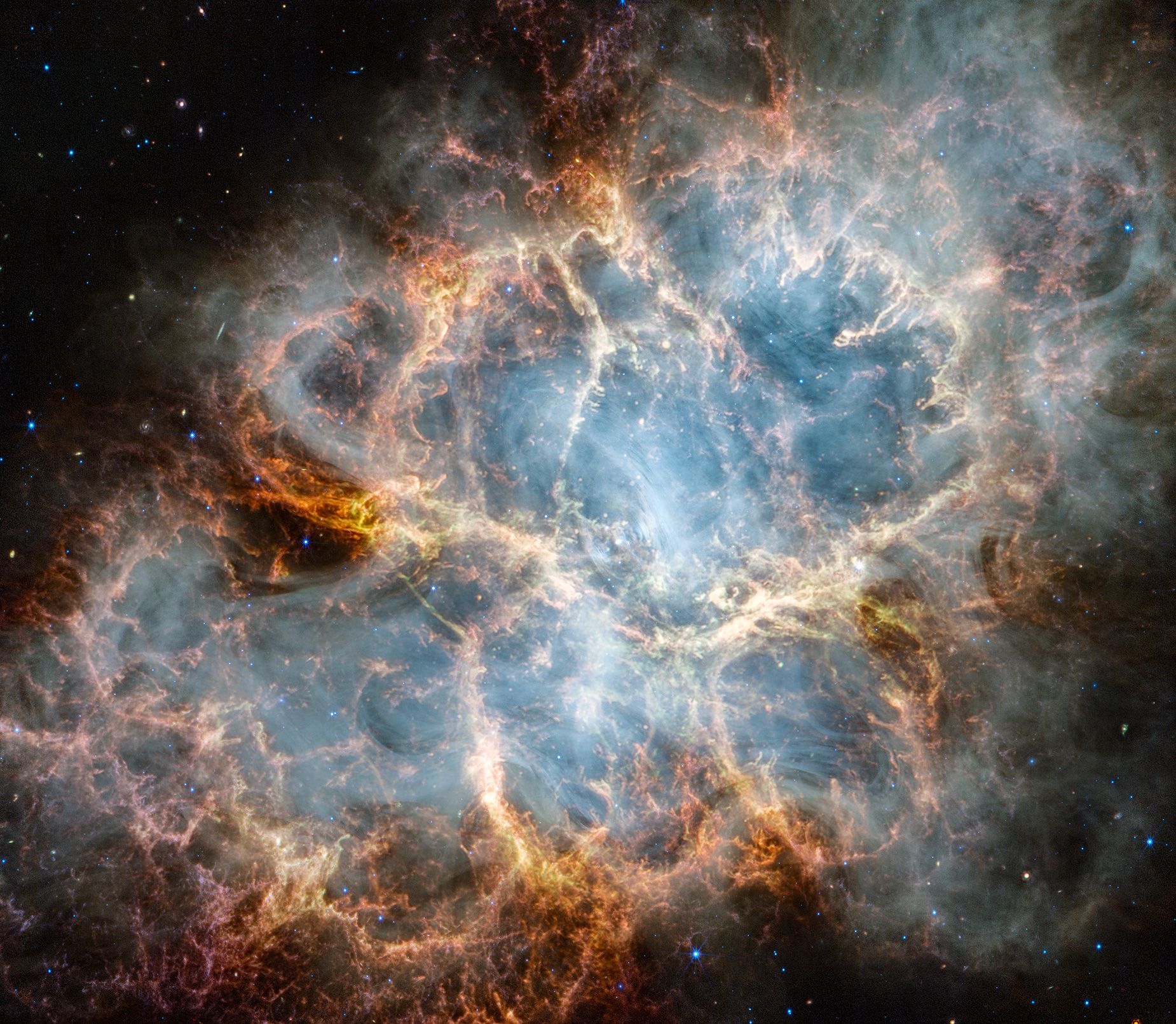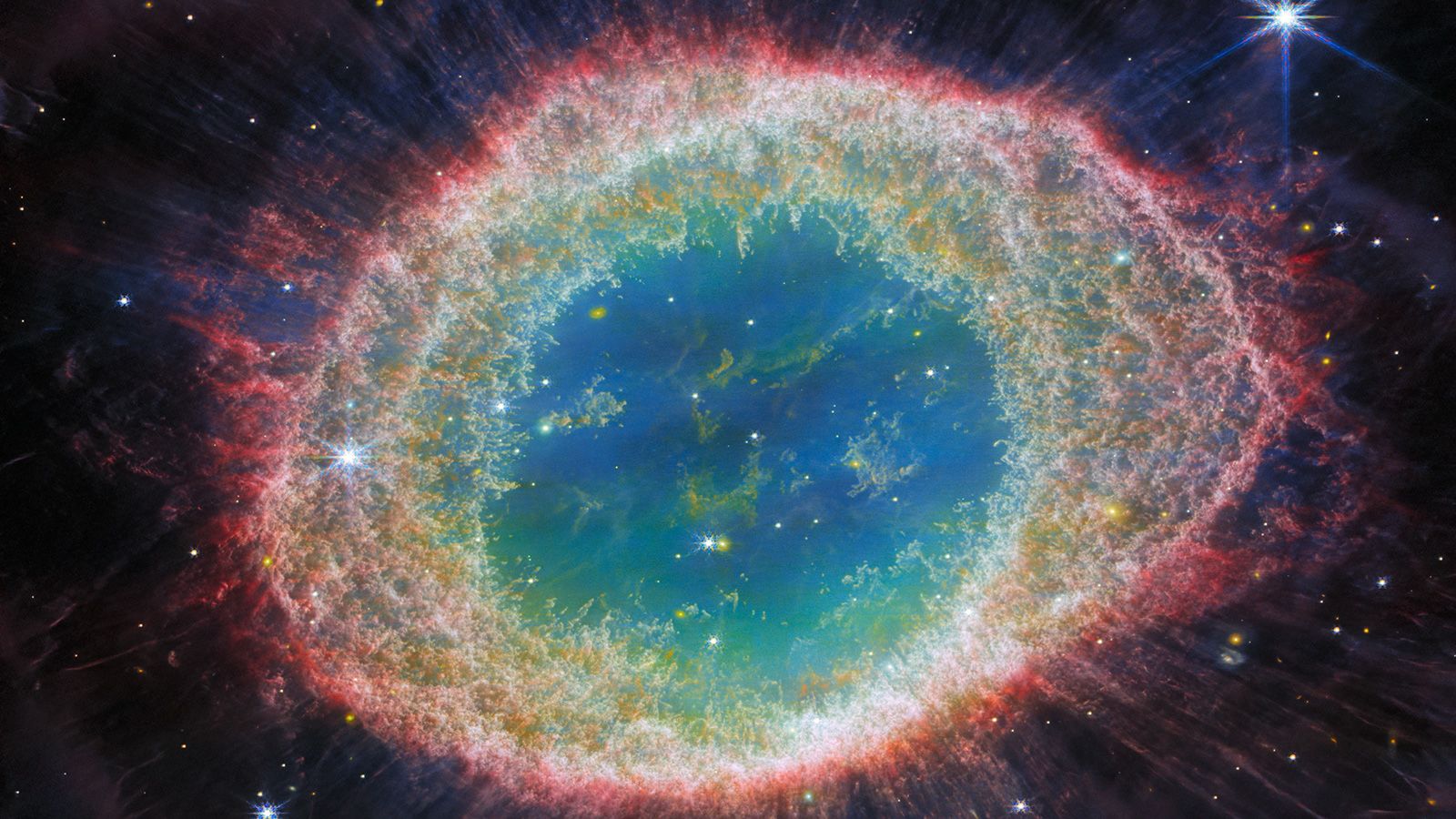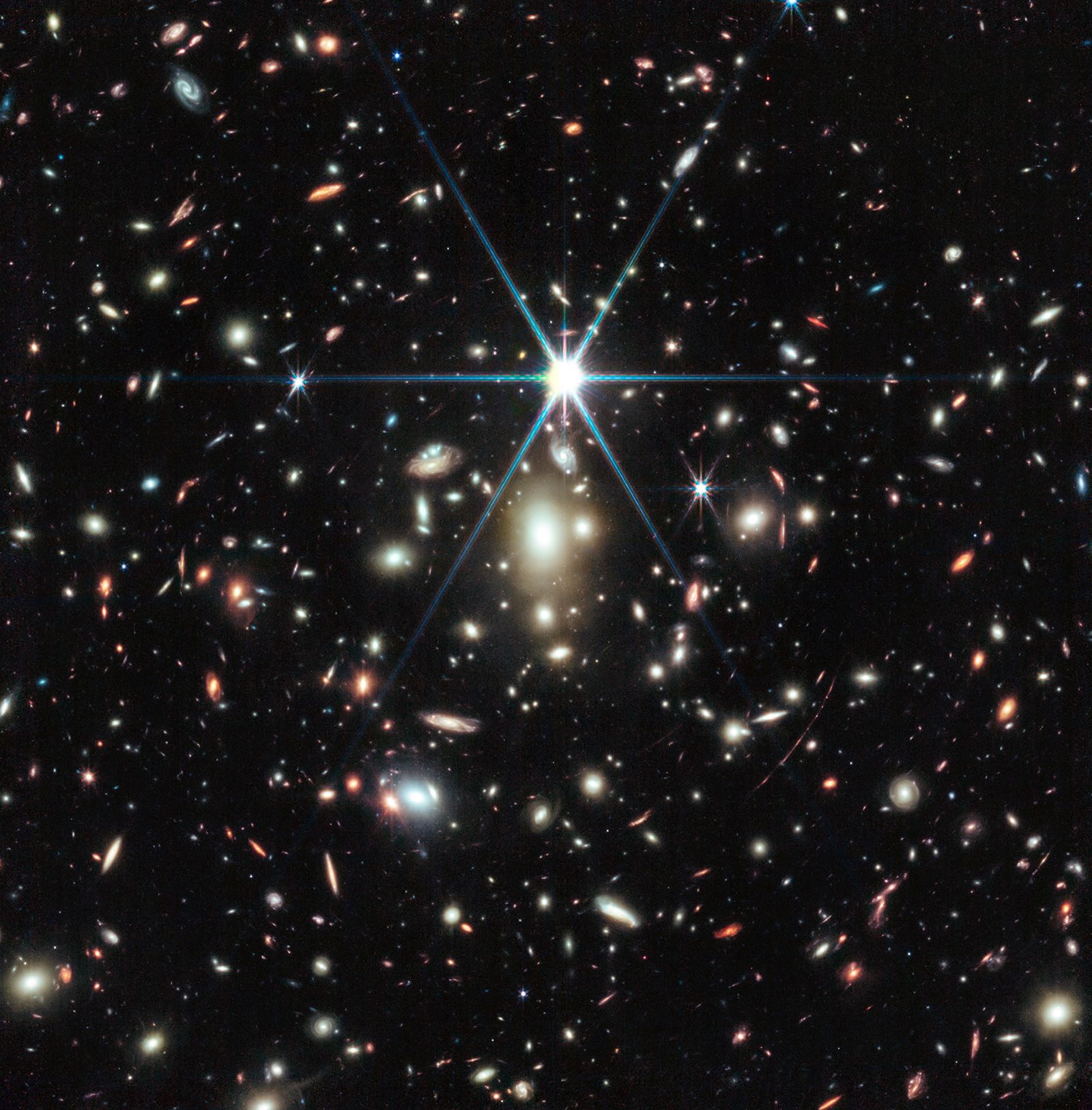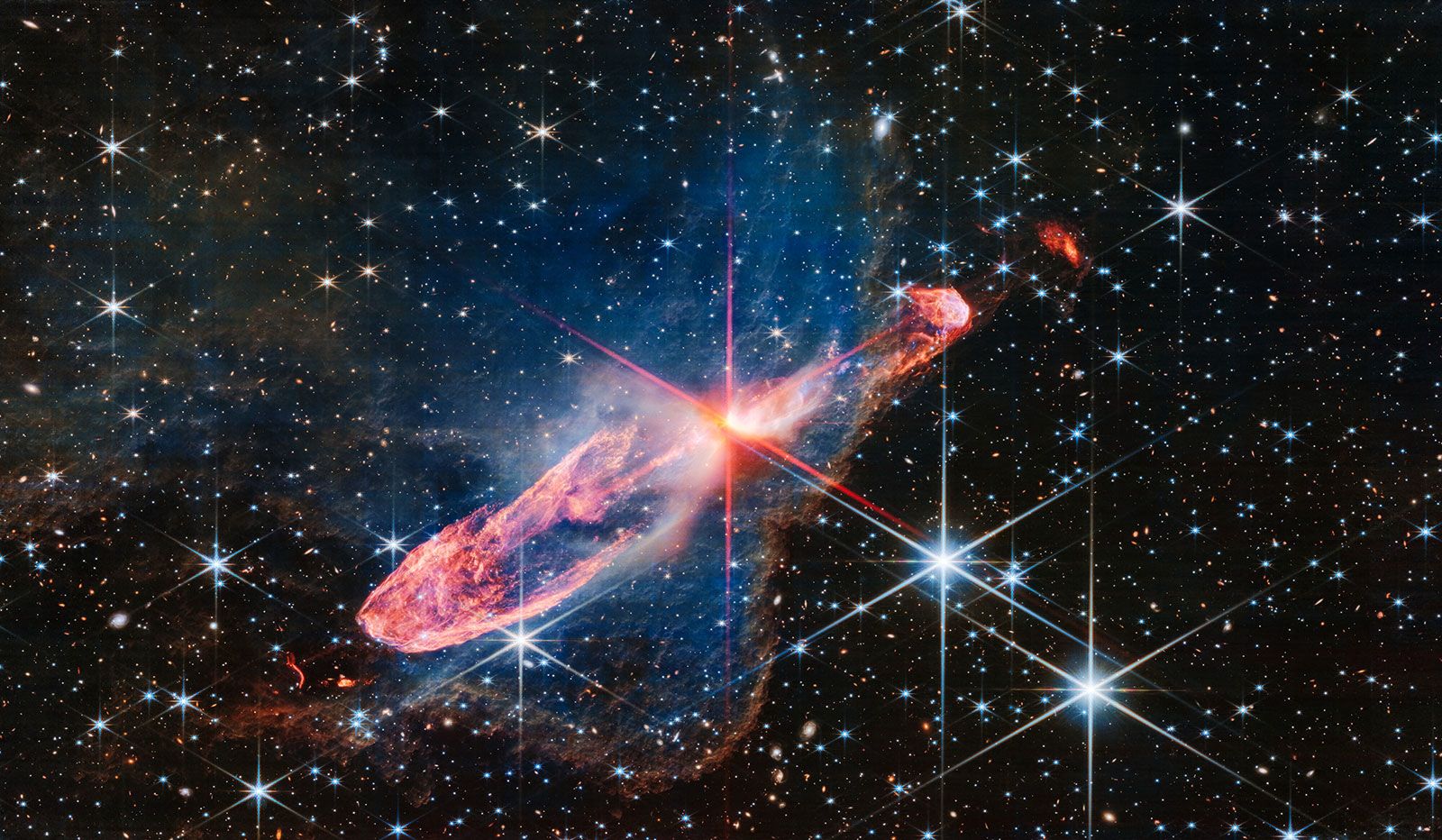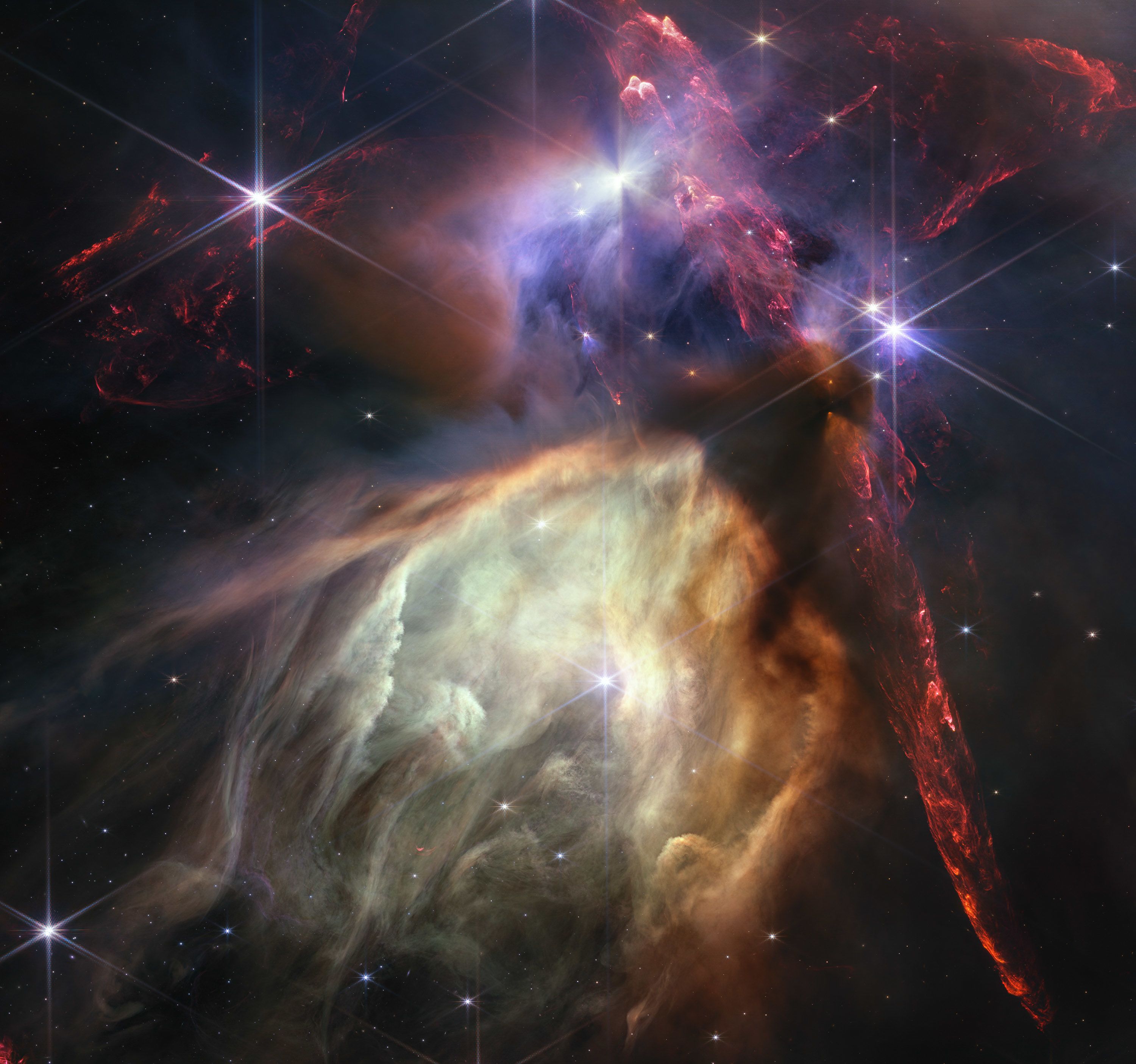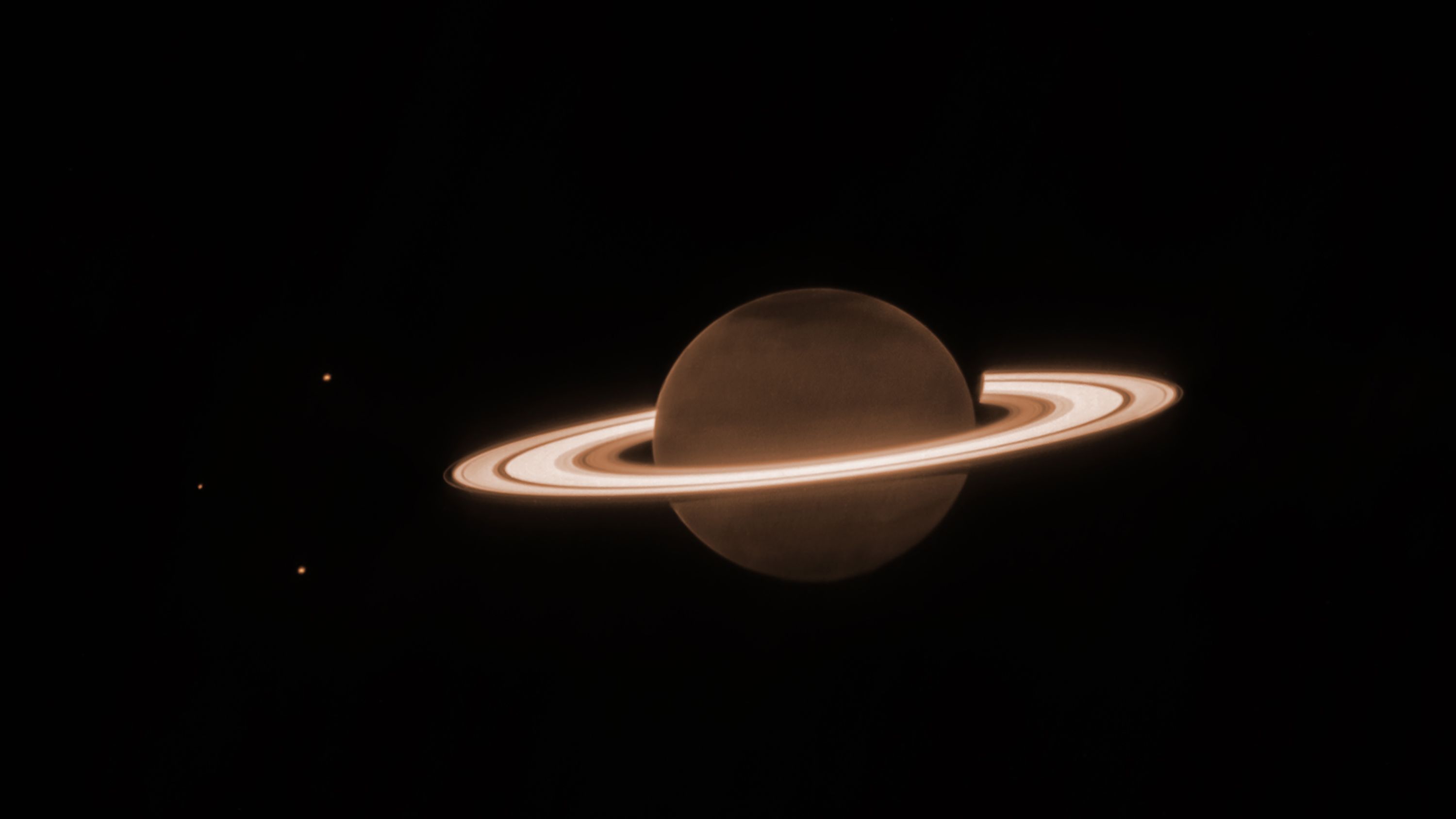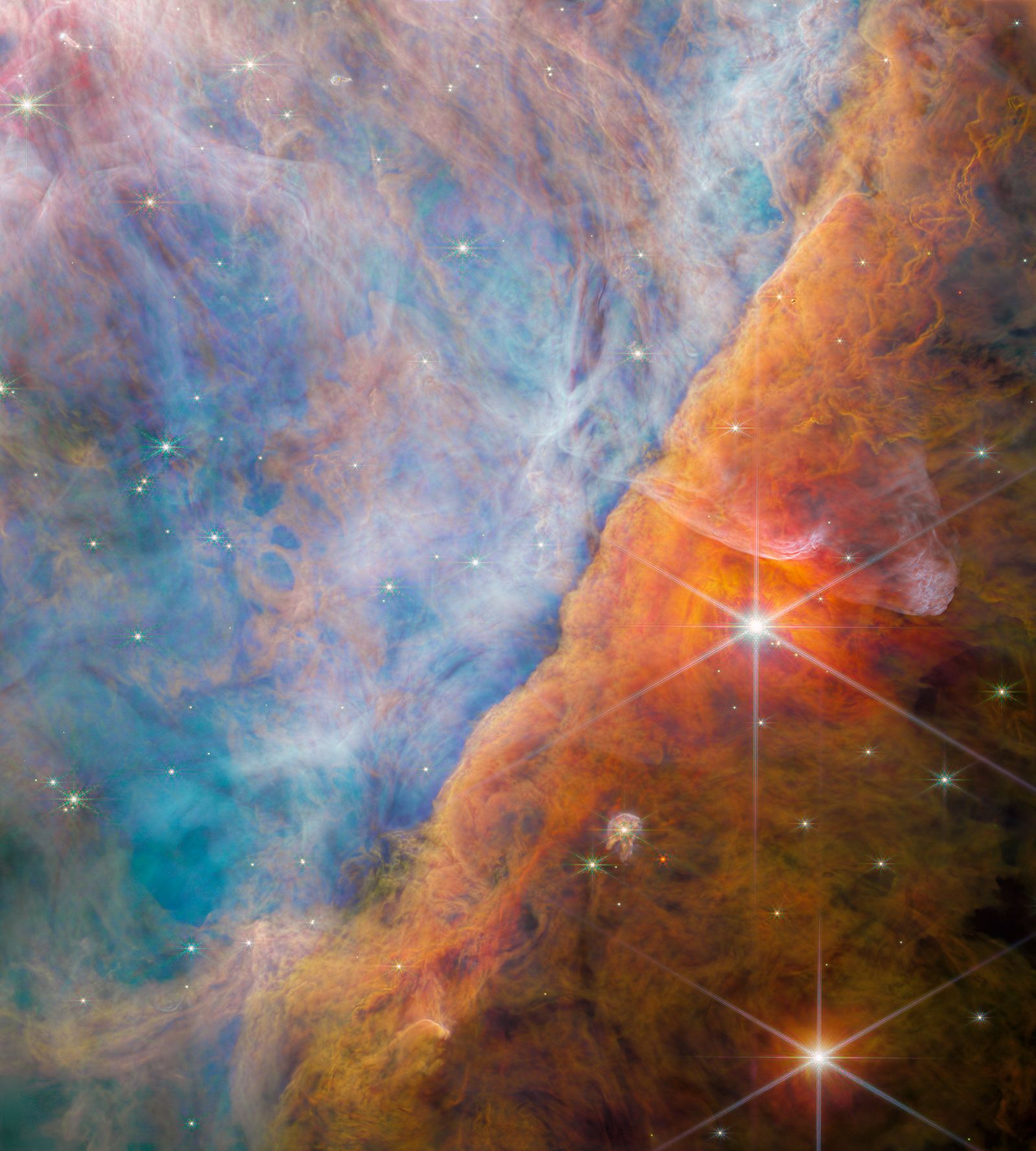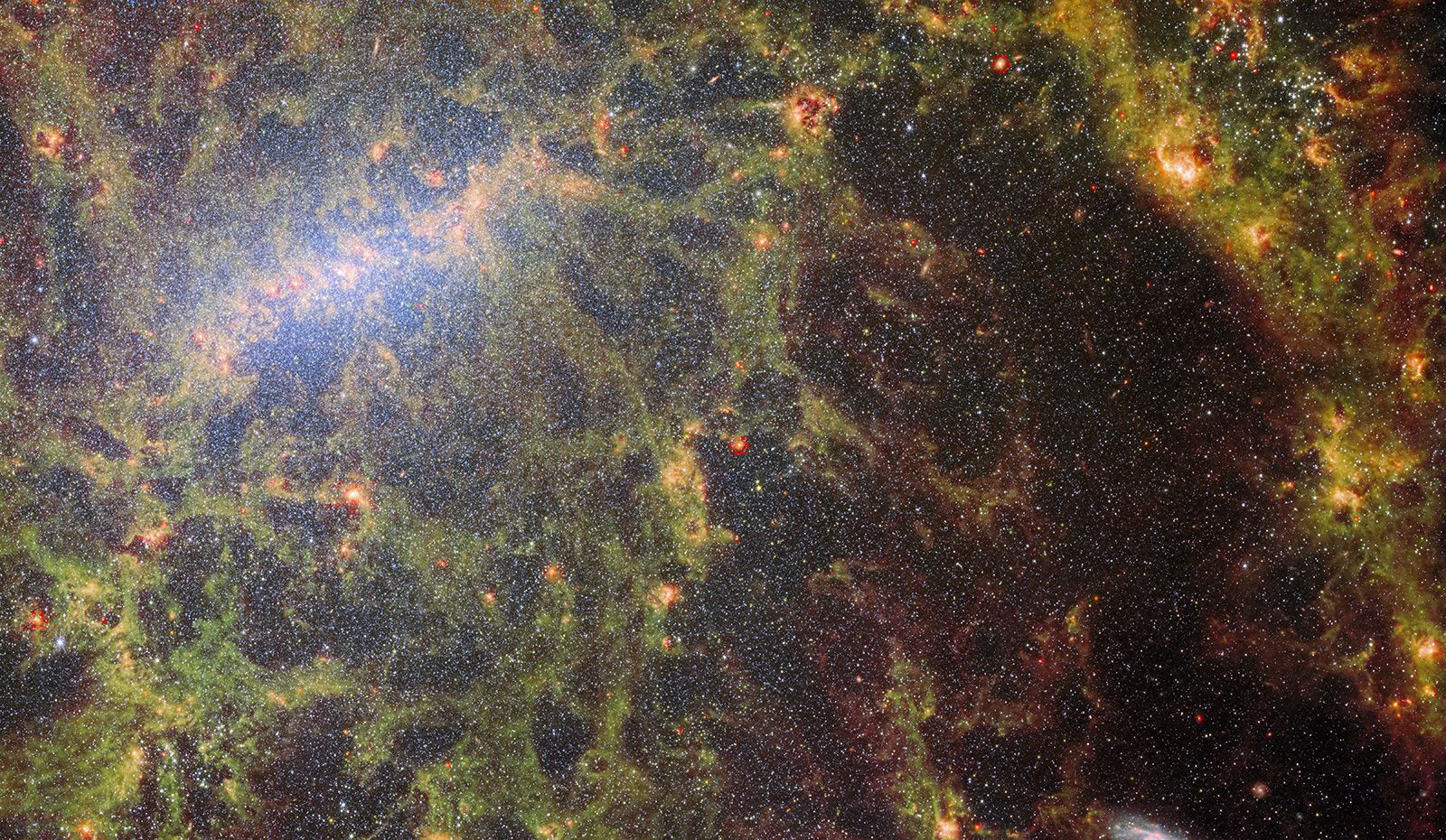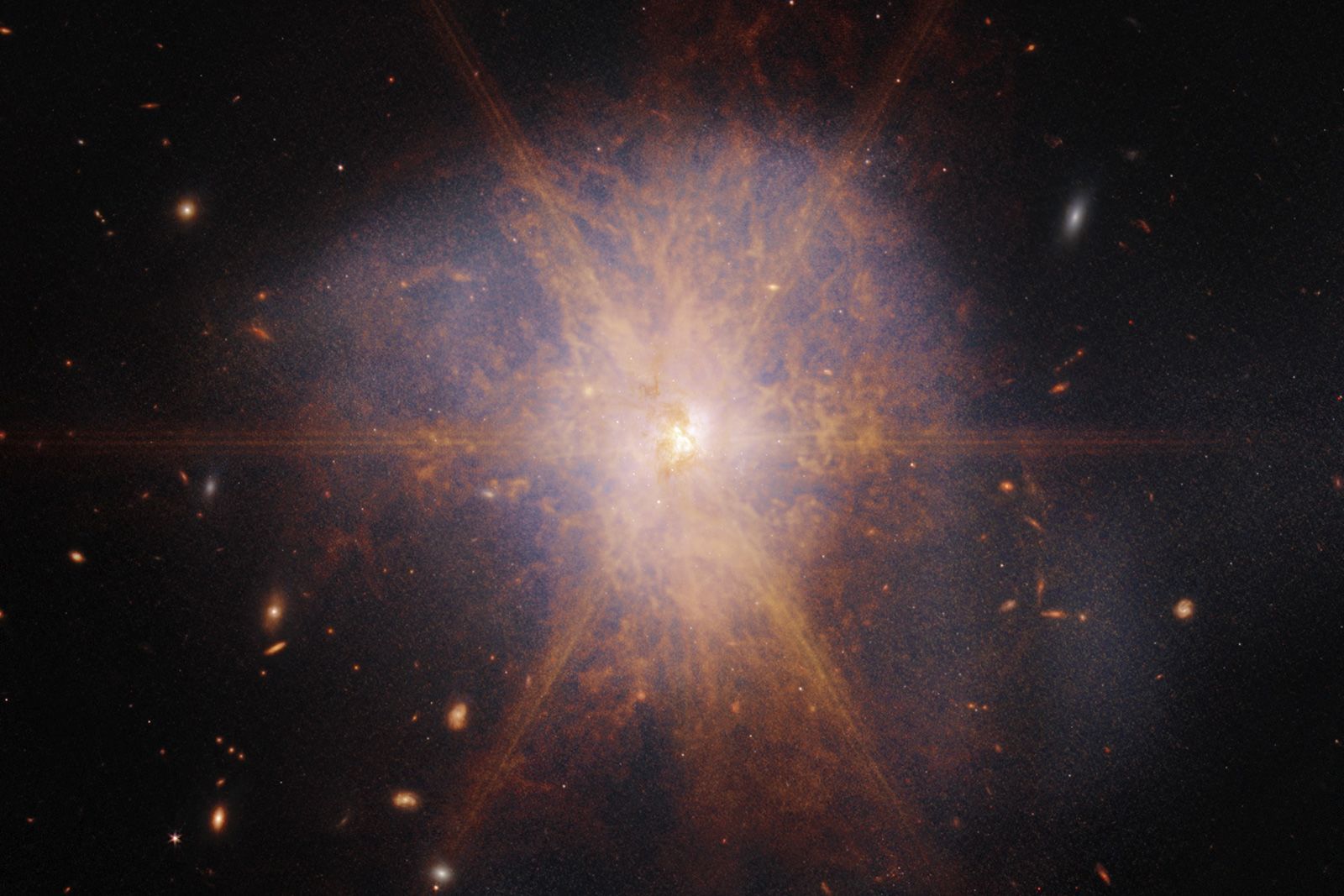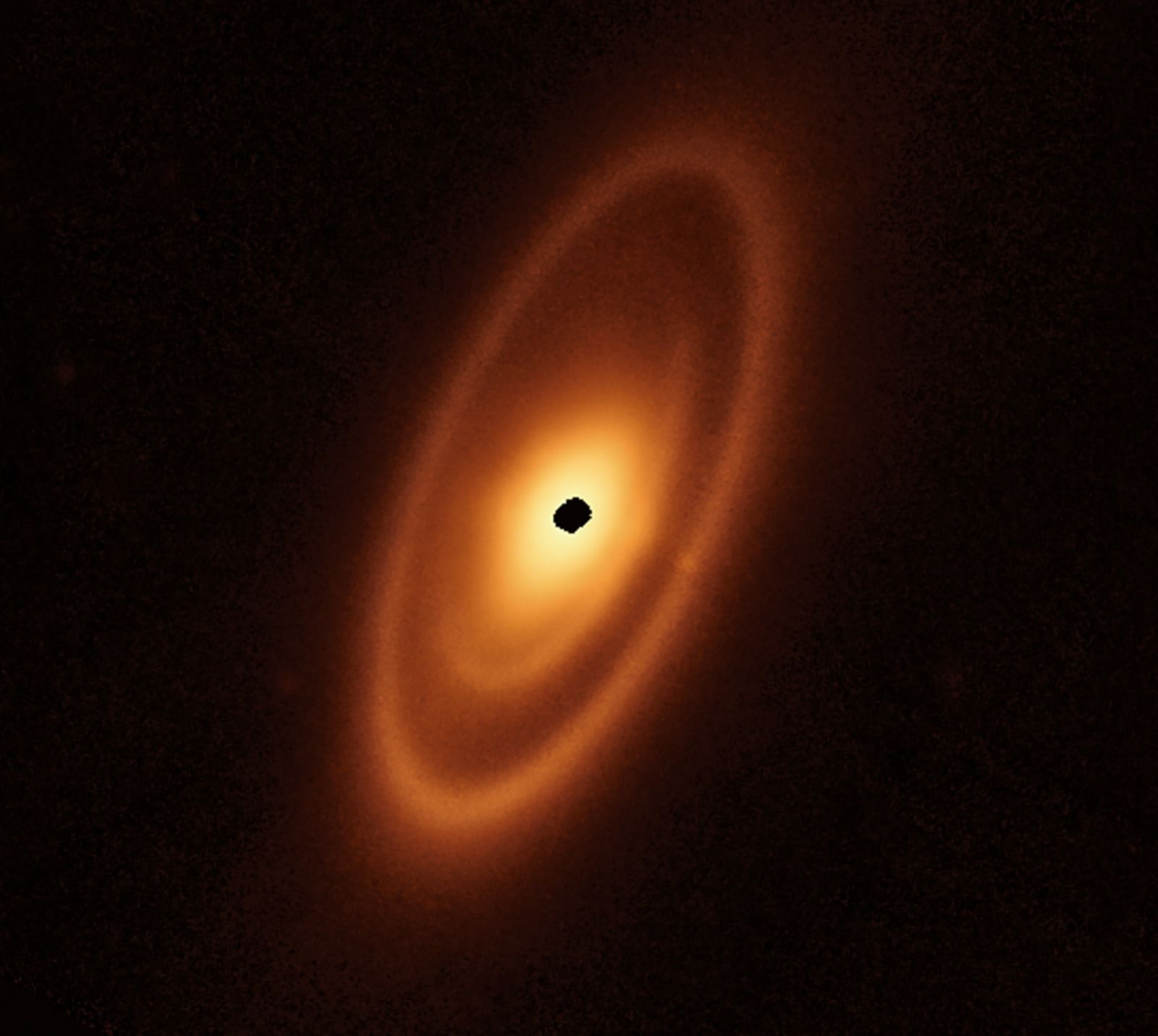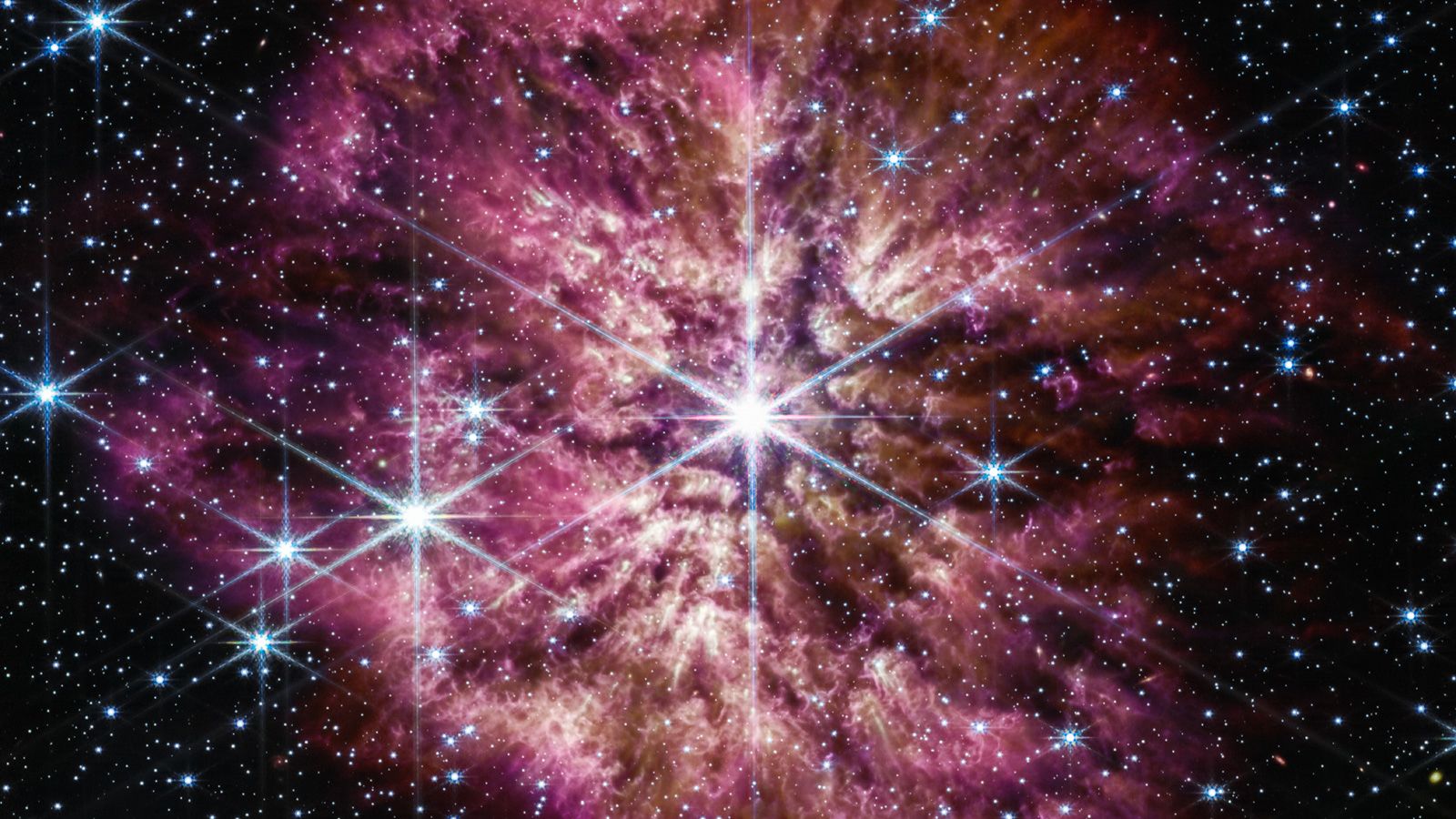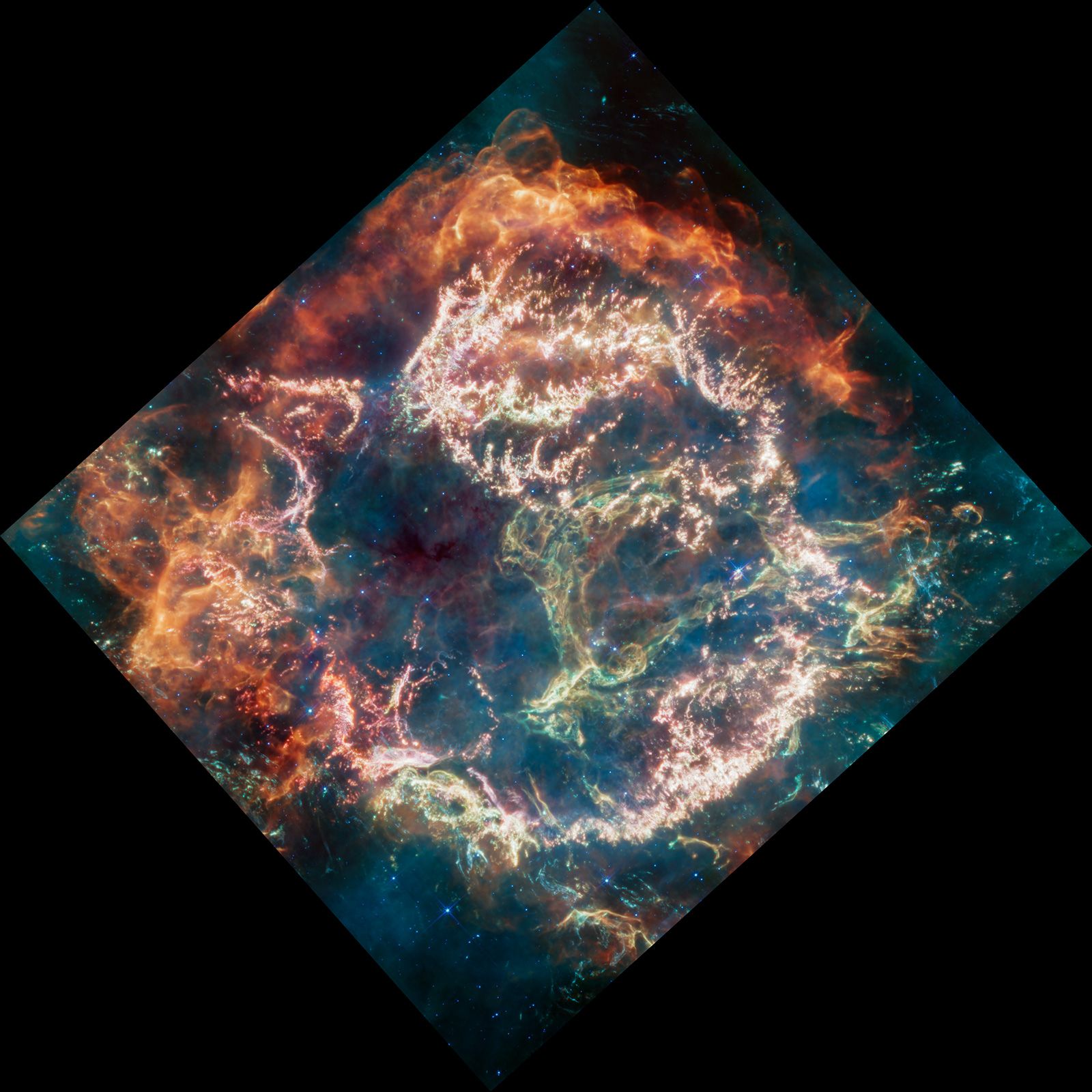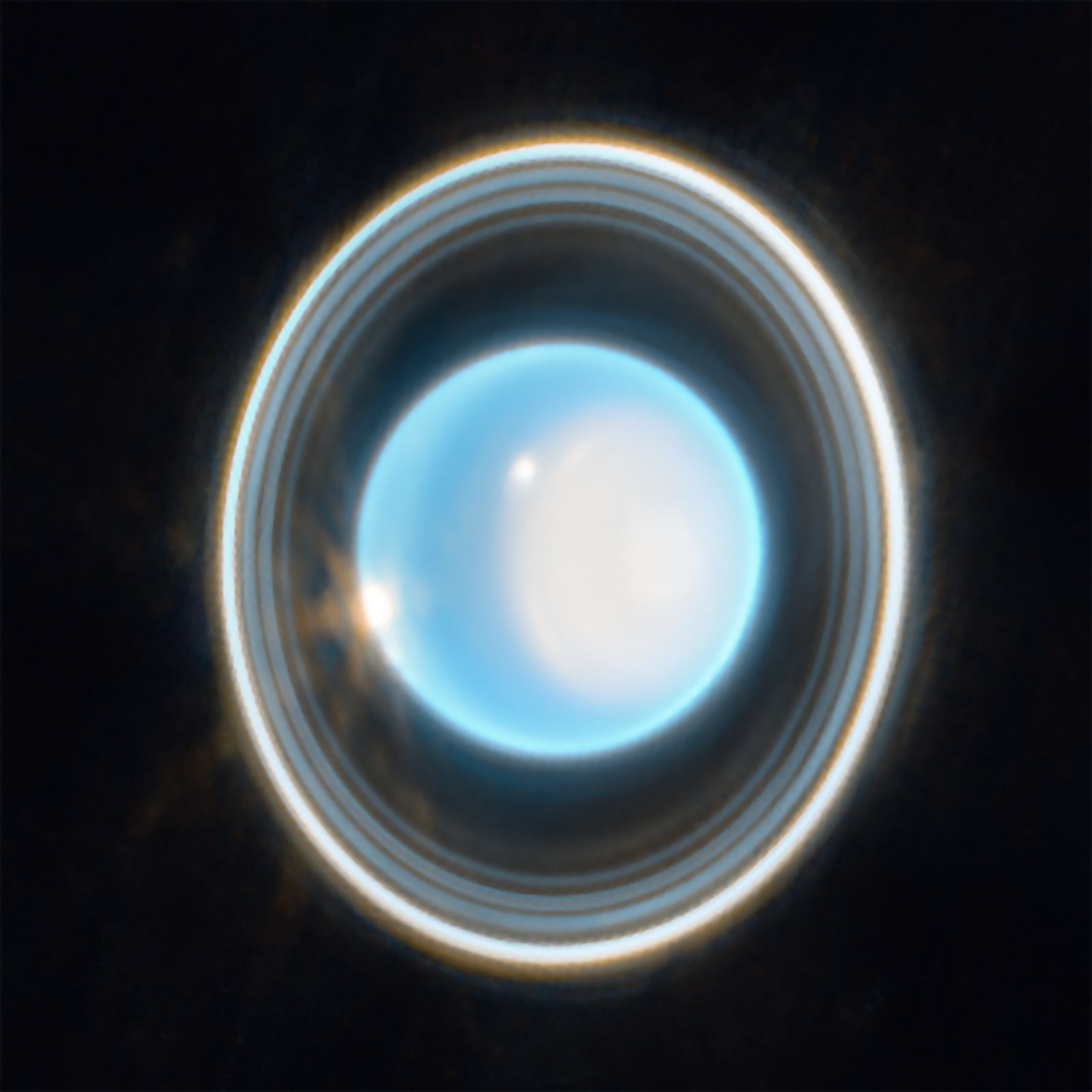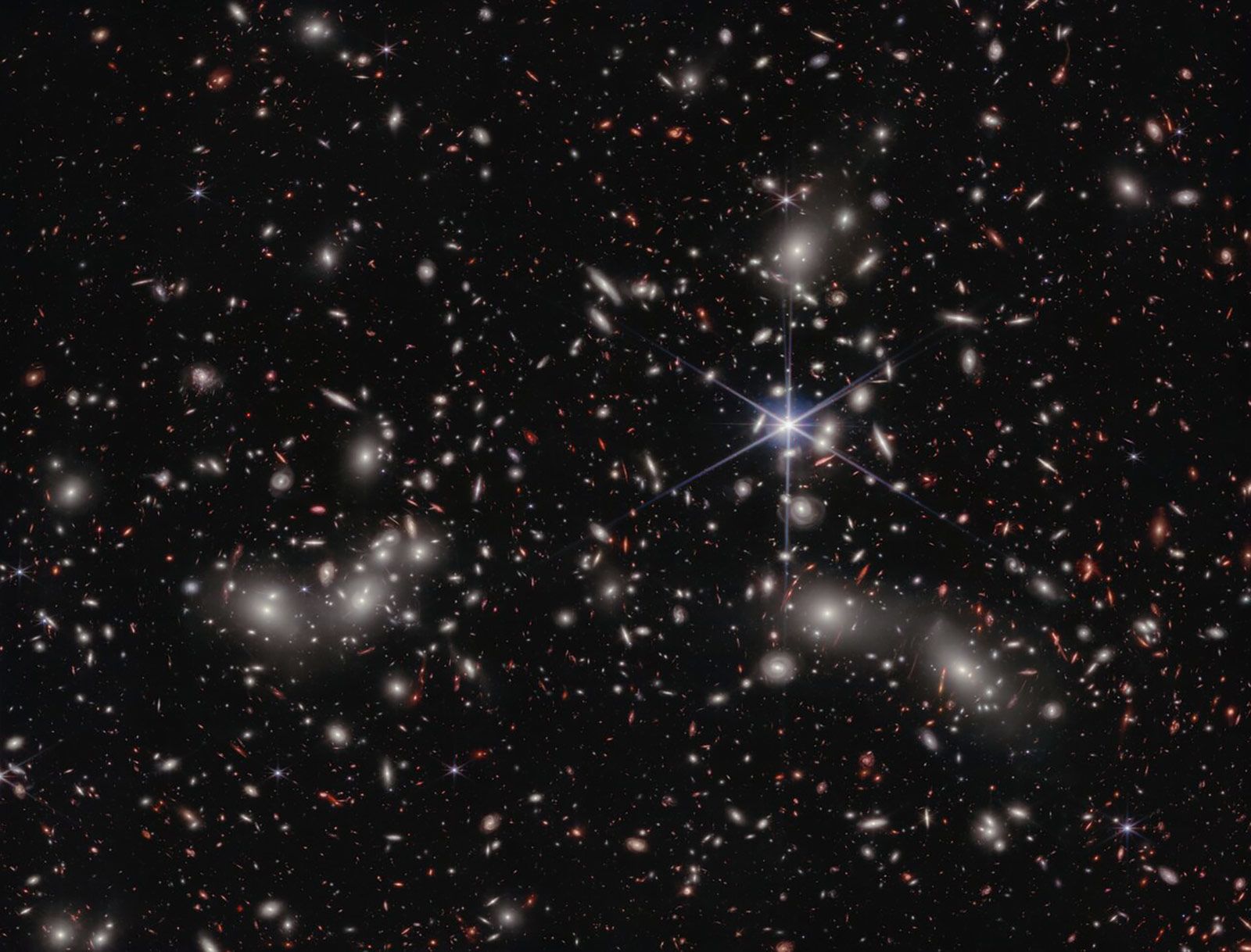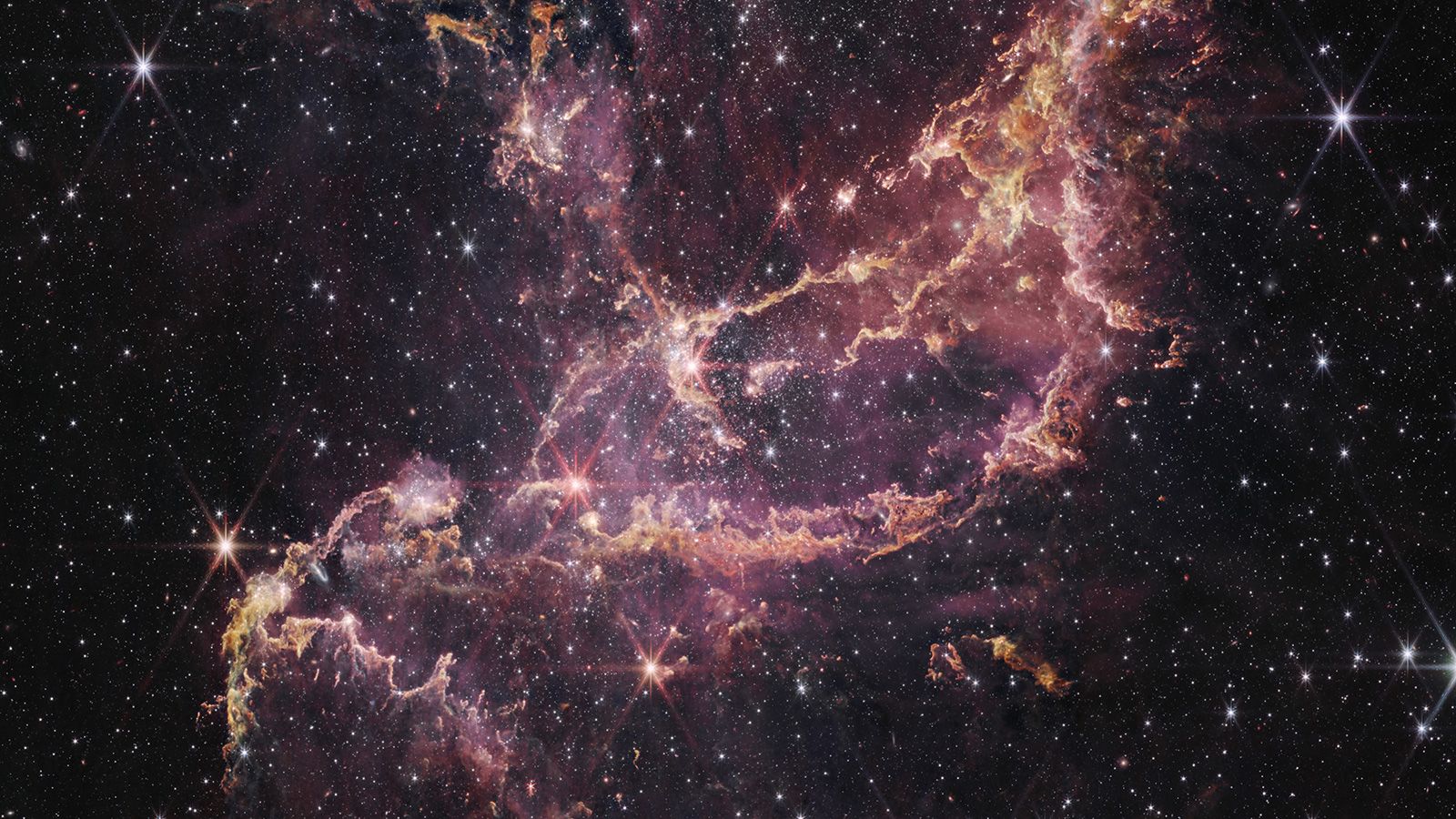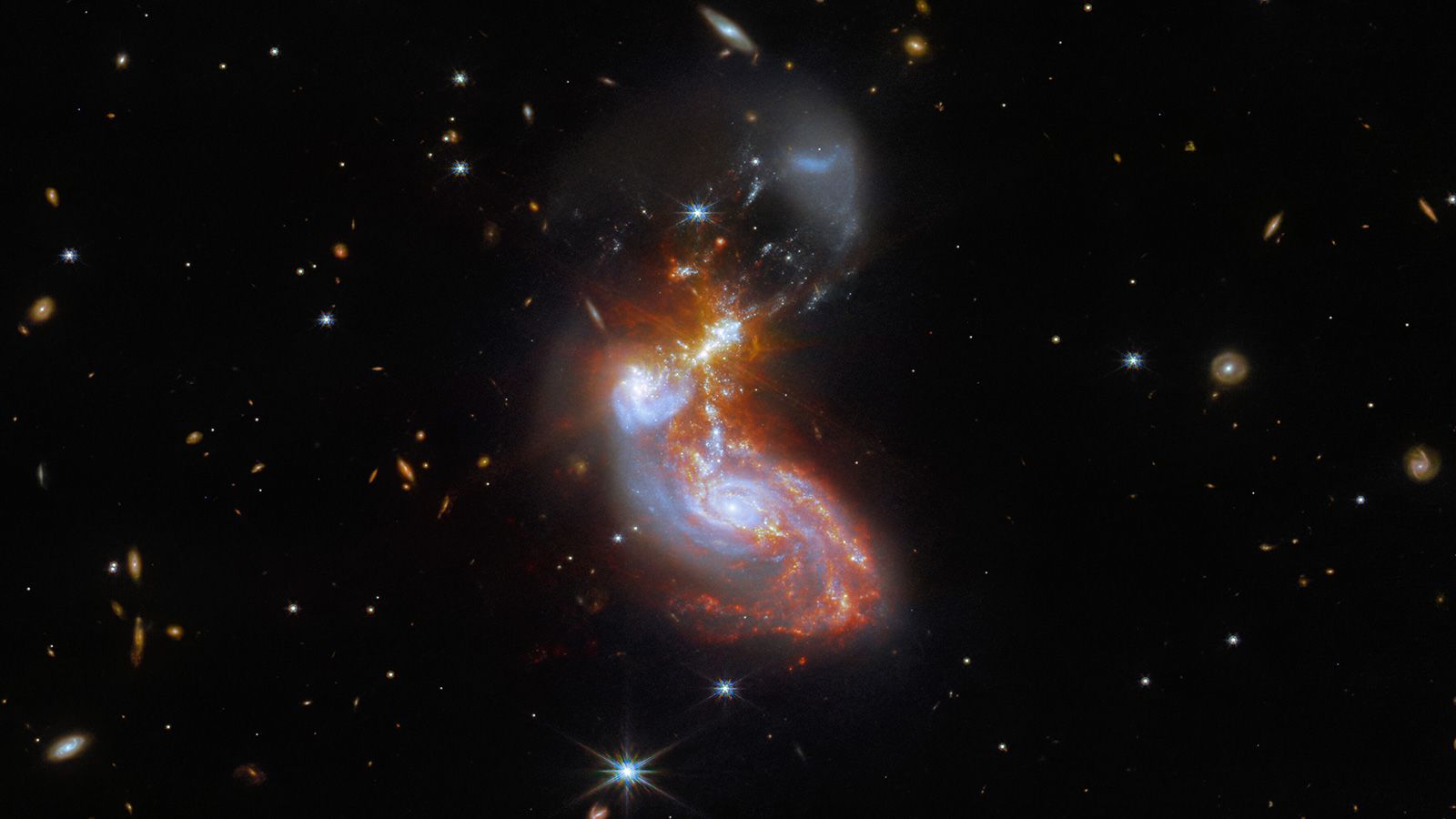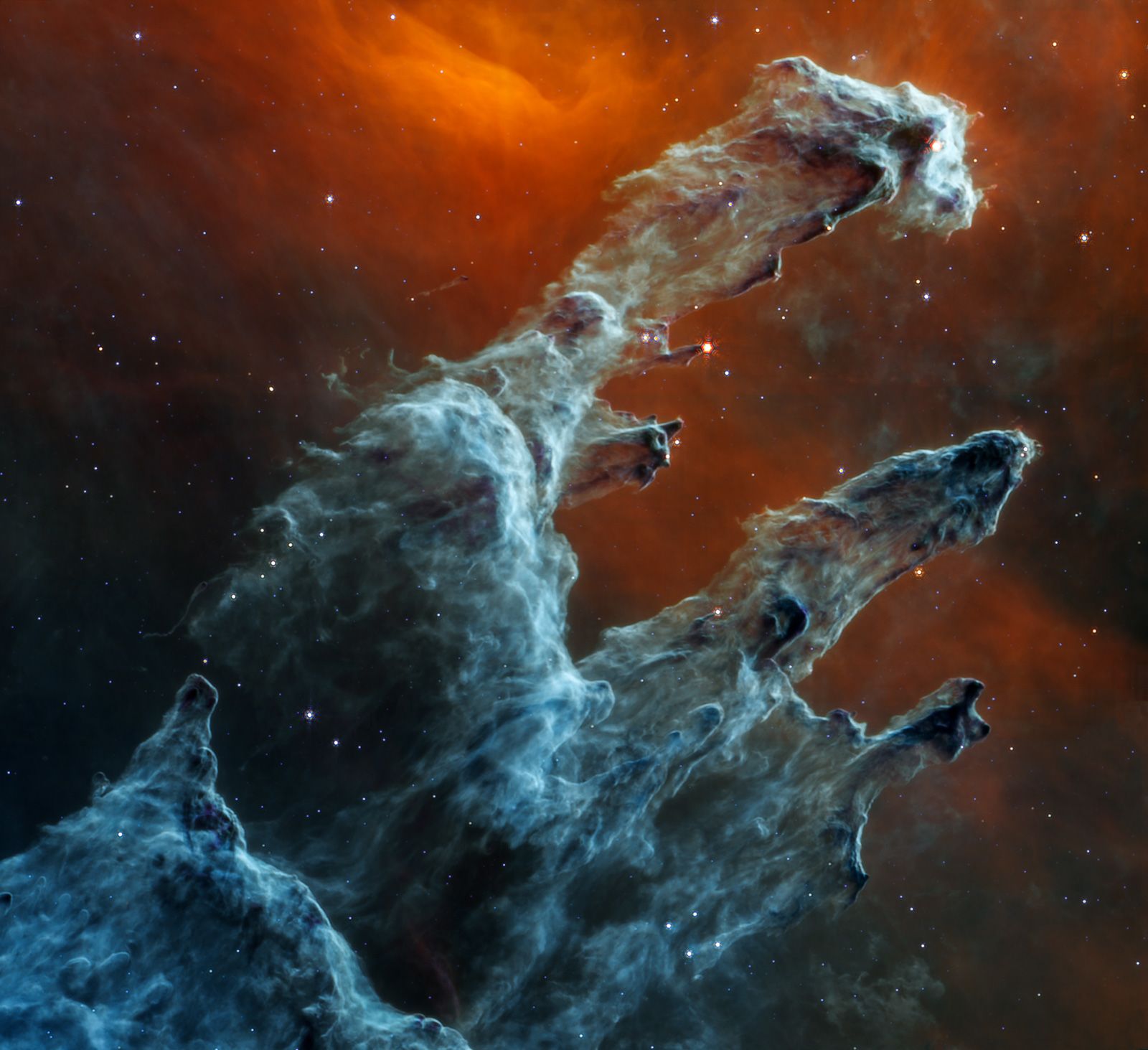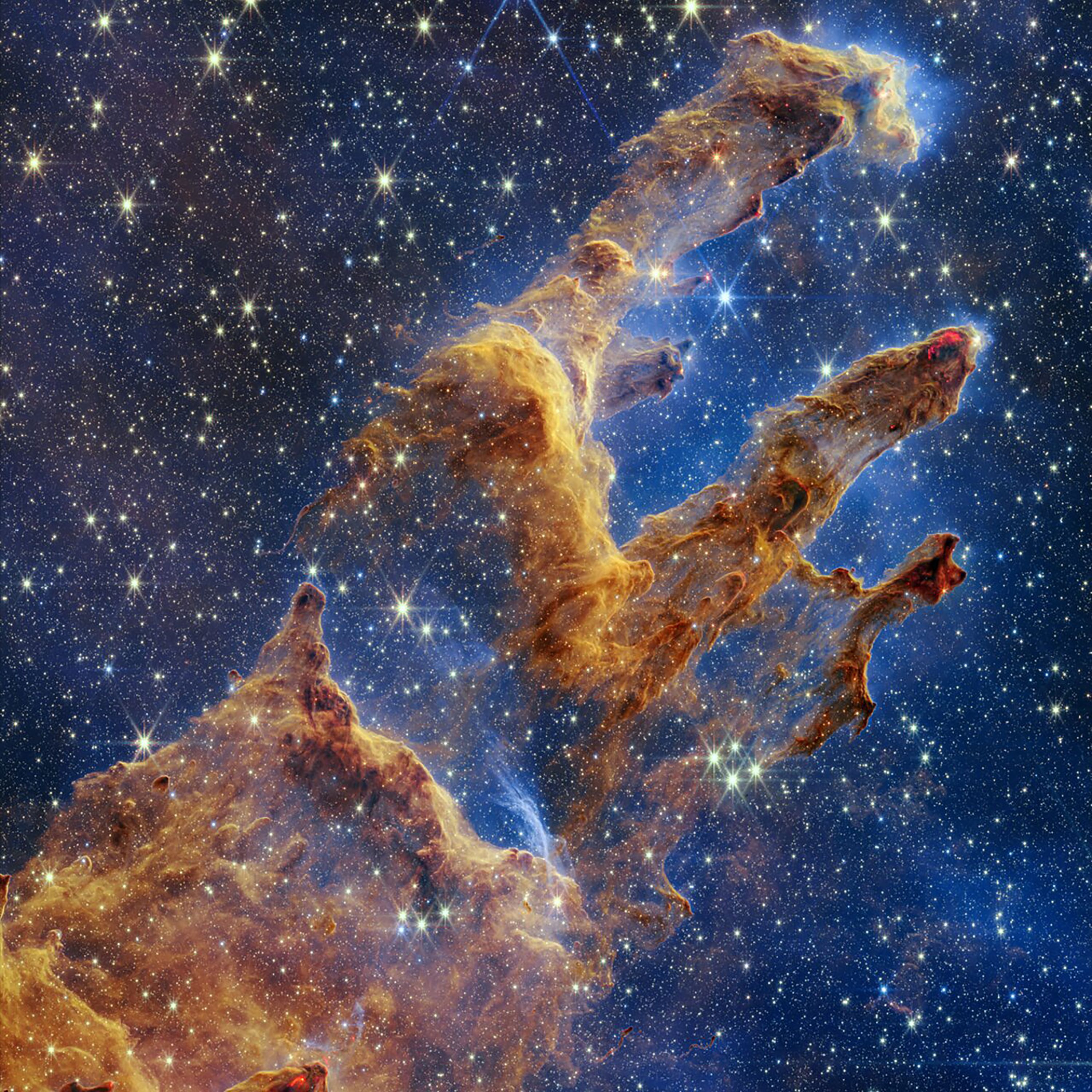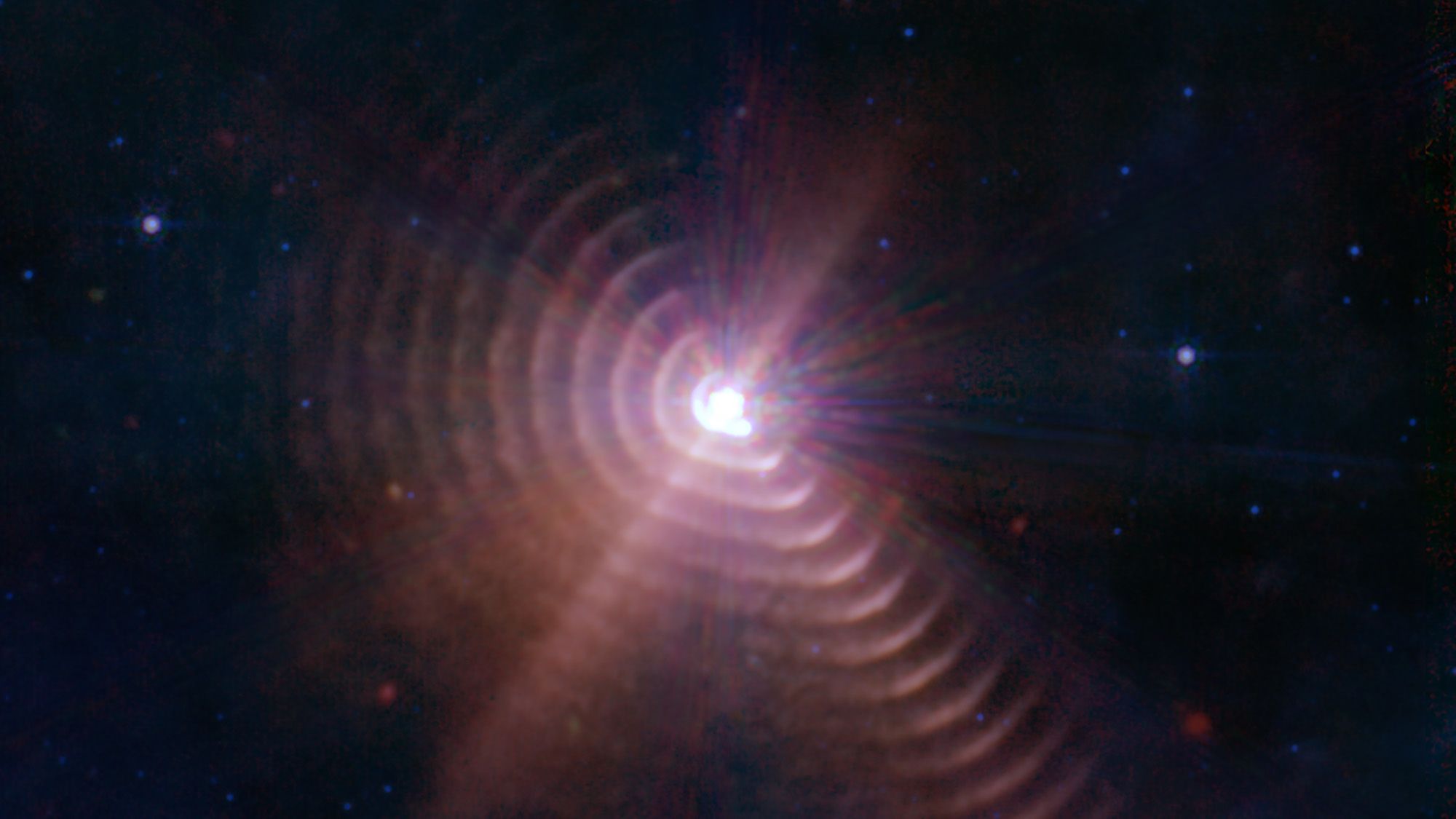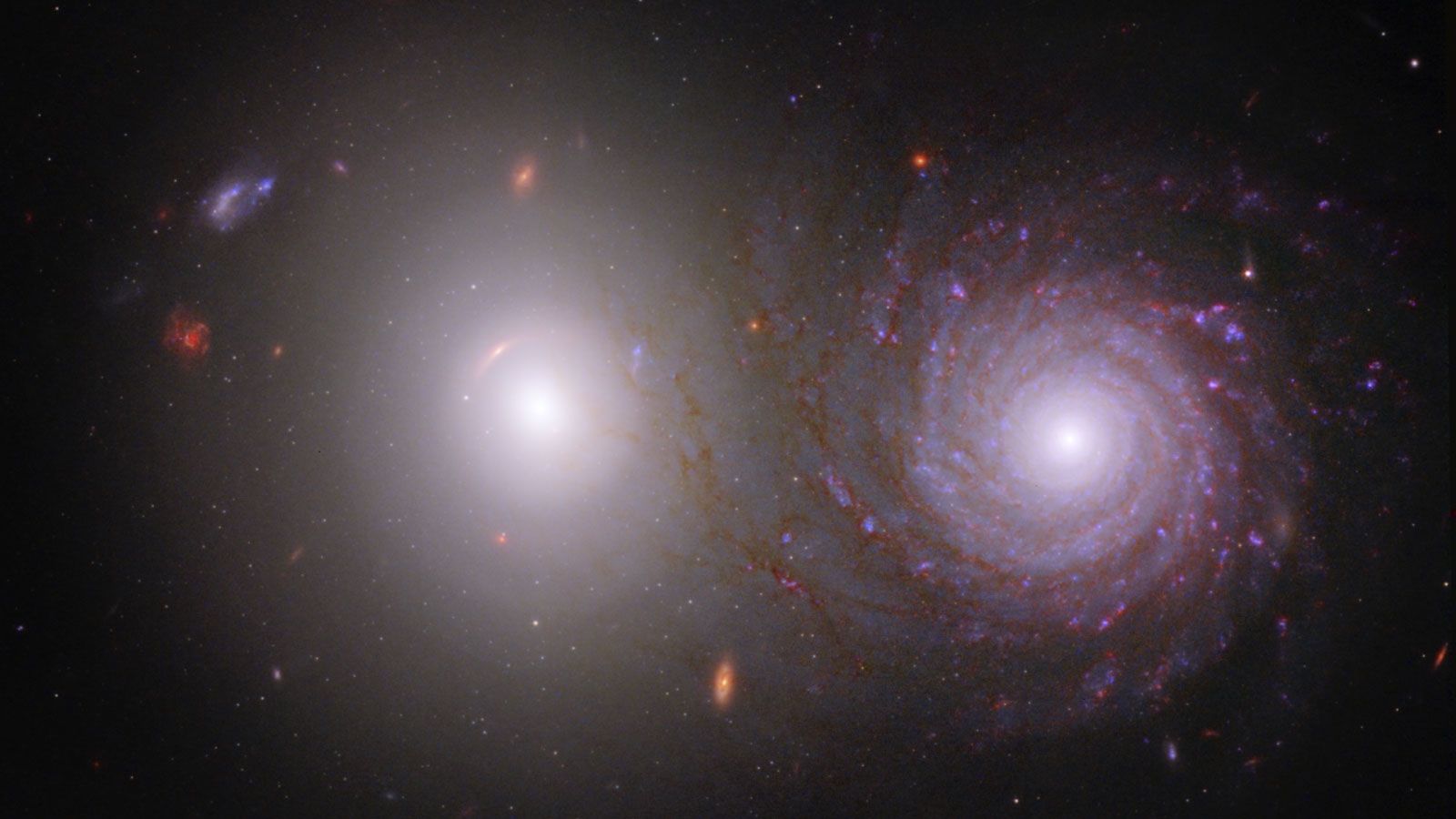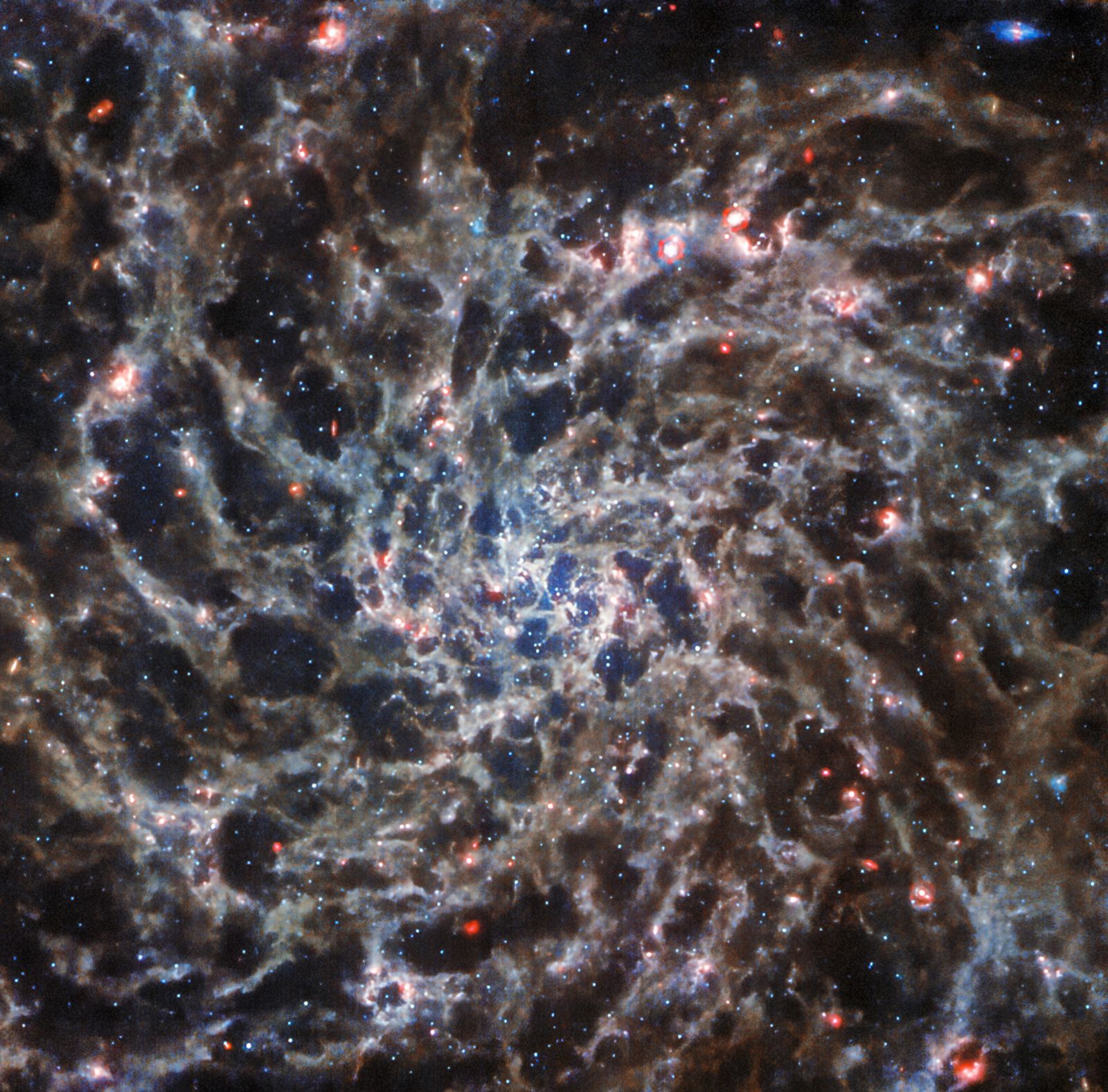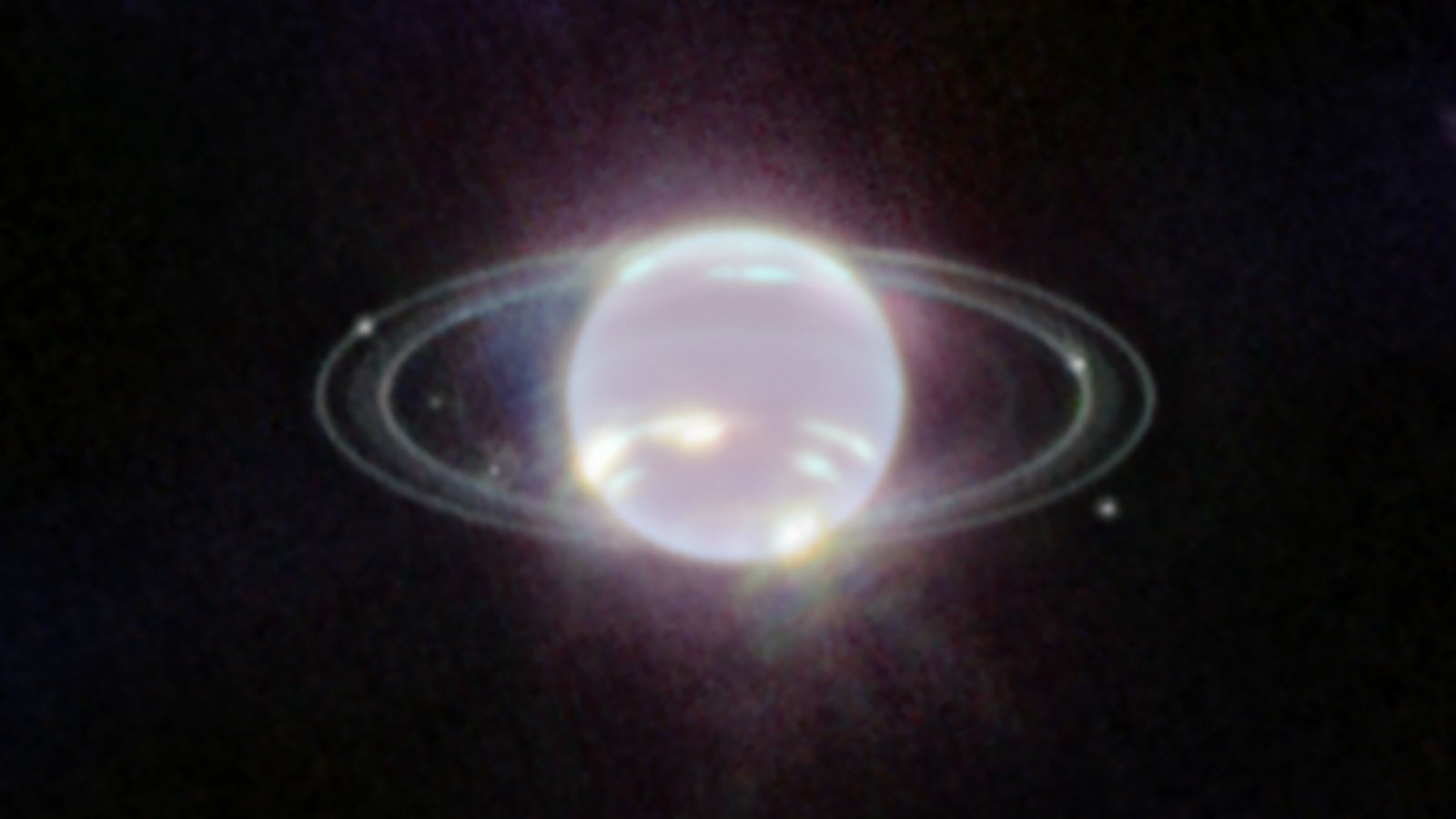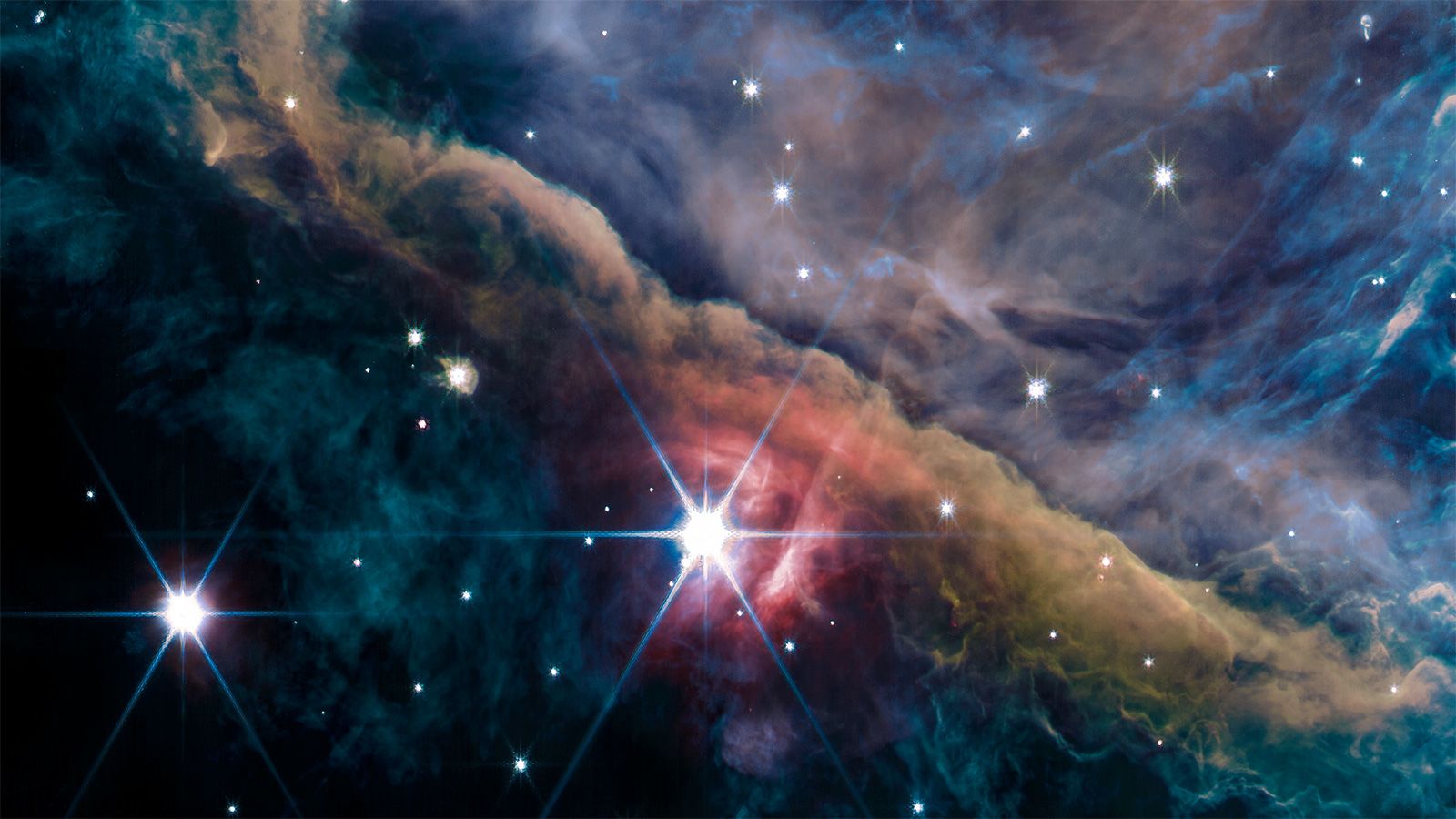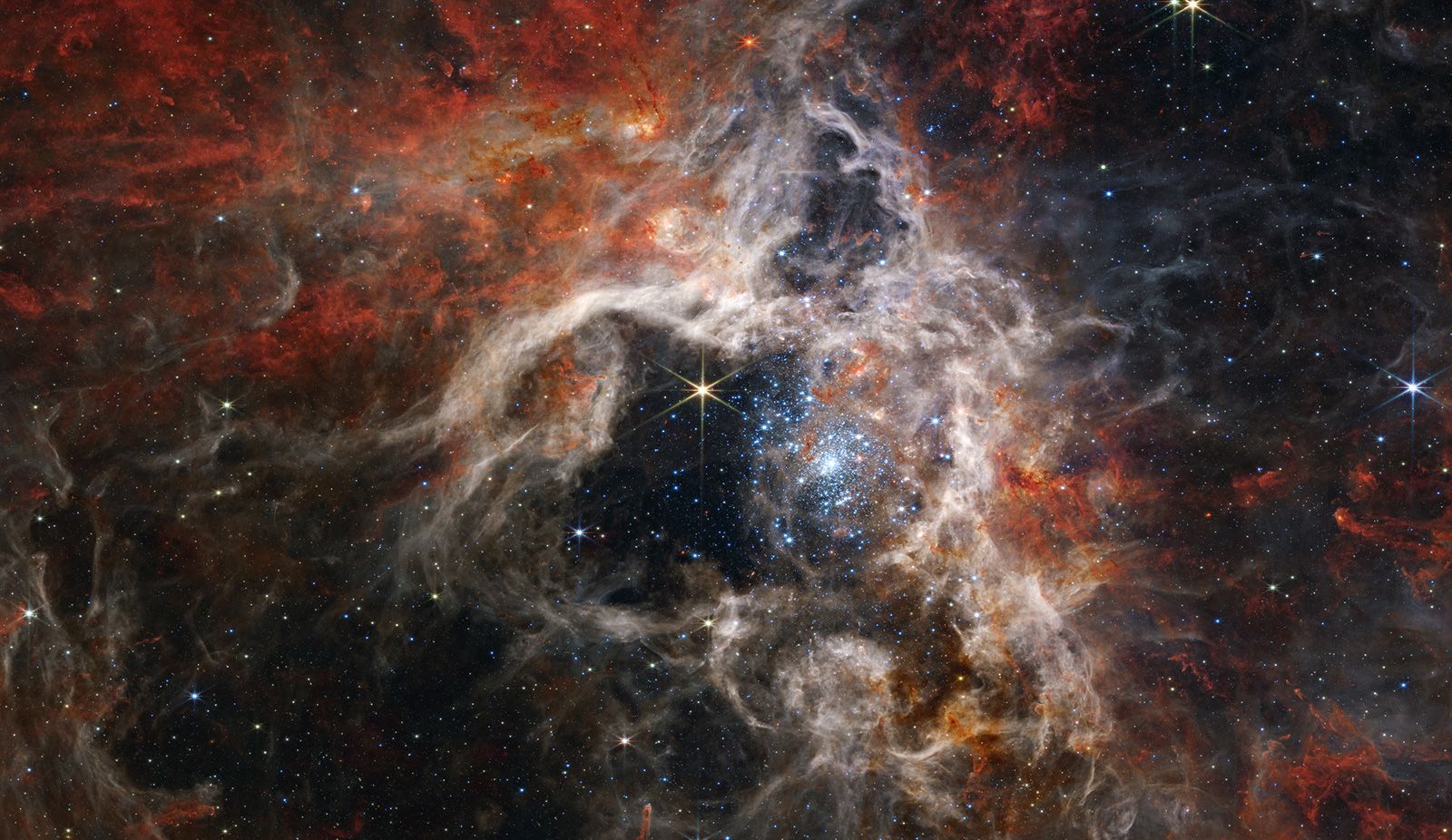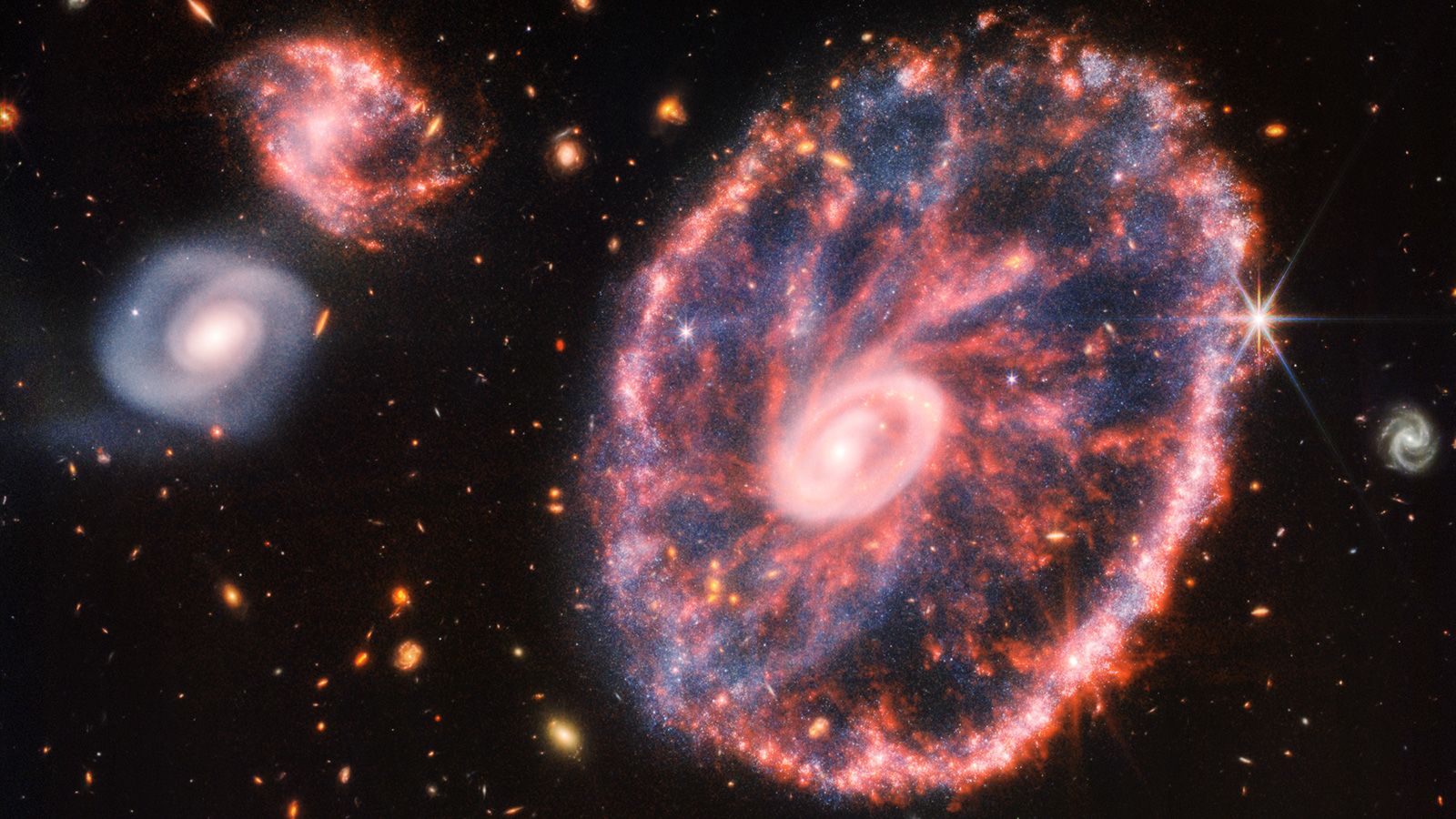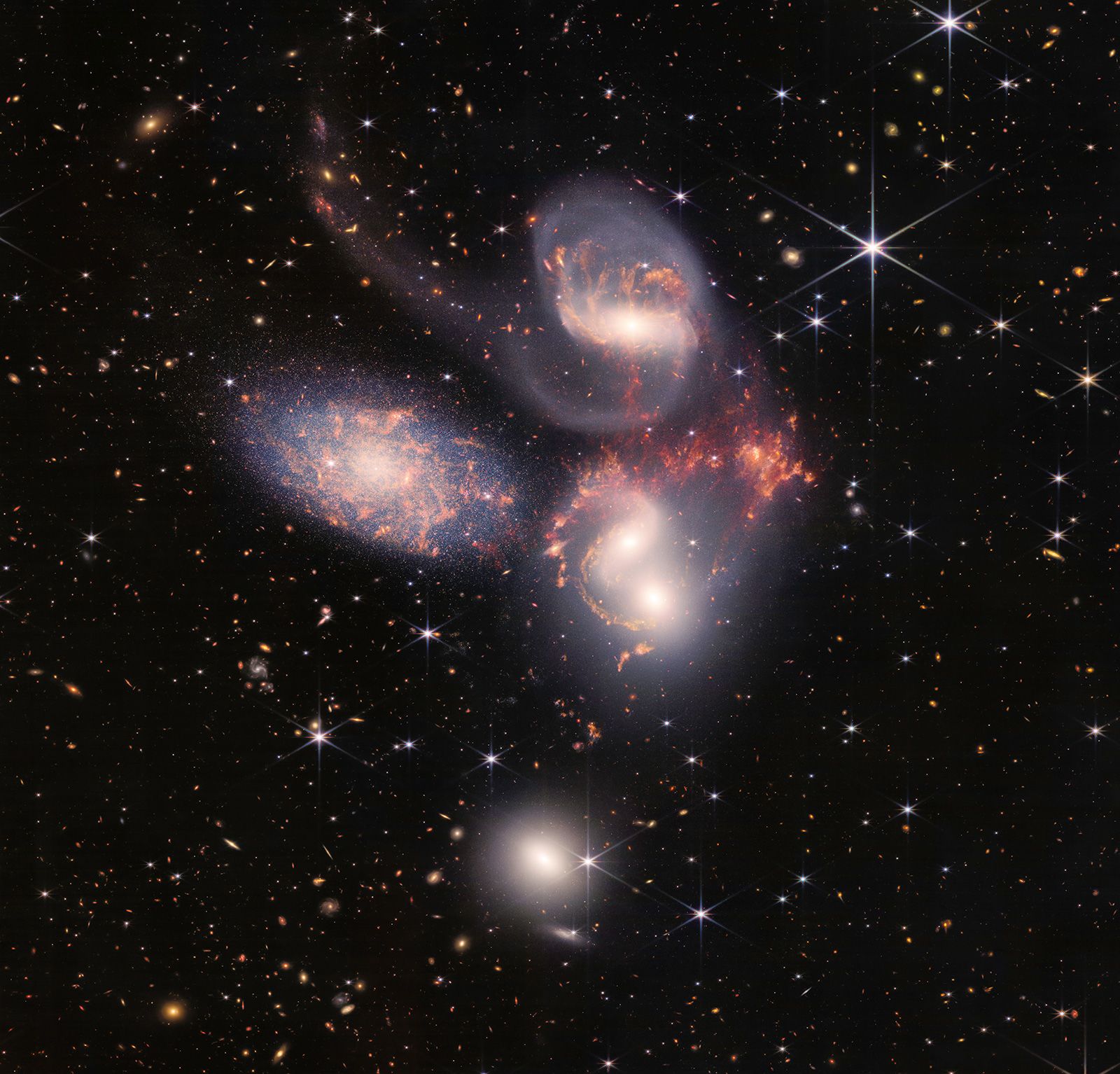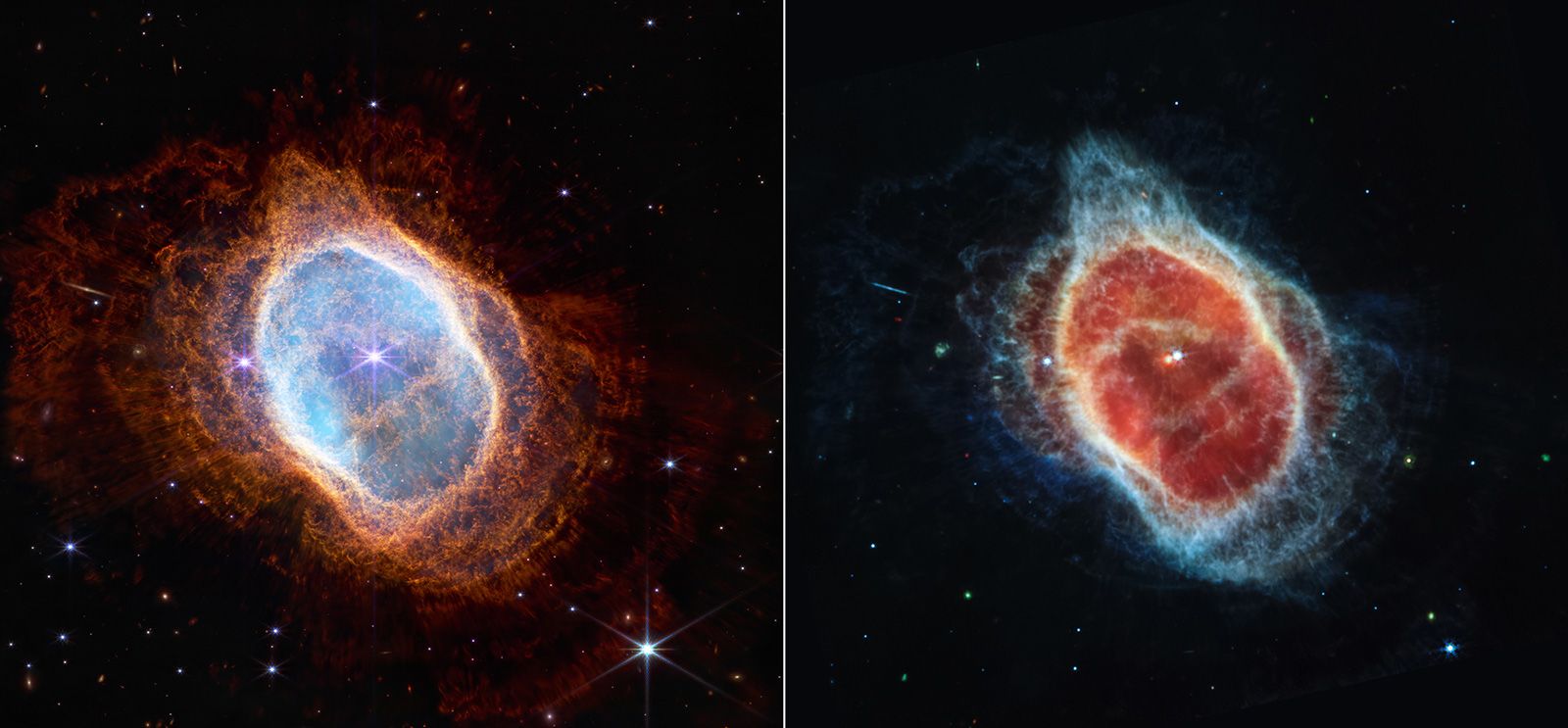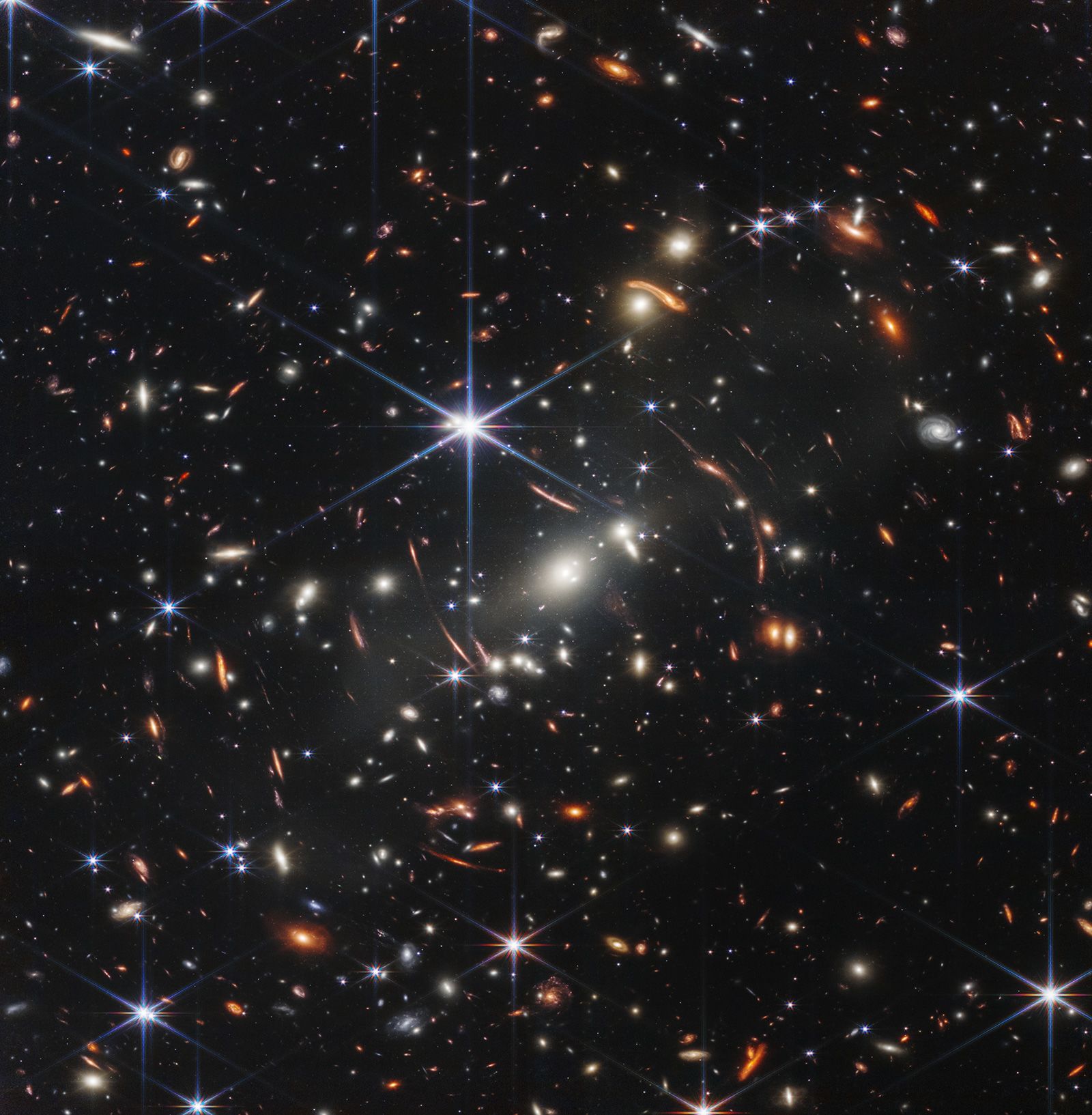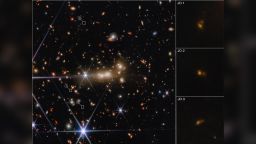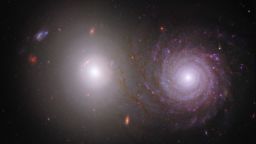Sign up for CNN’s Wonder Theory science newsletter. Explore the universe with news on fascinating discoveries, scientific advancements and more.
The James Webb Space Telescope just peered into a celestial Pandora’s box to see what lies beyond a megacluster of galaxies.
The space observatory observed Pandora’s Cluster, also known as Abell 2744, where three massive clusters of galaxies are merging.
The group of galaxy clusters acts as a magnifying glass for the objects behind it. Called gravitational lensing, this natural phenomenon created a deep-field view that includes incredibly old and faint galaxies. Deep-field observations are long exposures of regions of the sky that can show distant, difficult-to-see objects.
Webb has already captured several deep-field views of the universe since it began scientific observations in July. Gravitational lensing is crucial for astronomers because it can uncover features of the early universe that are otherwise impossible to see.
Previous images of the central core of Pandora’s Cluster came courtesy of the Hubble Space Telescope. Webb’s latest observation of the cluster has revealed never-before-seen details in infrared light, which is invisible to the human eye.
Astronomers in the UNCOVER program, or Ultradeep NIRSpec and NIRCam ObserVations before the Epoch of Reionization, used Webb’s unique Near-Infrared Camera for 30 hours to capture detailed long-exposure images. The latest photo released Wednesday stitches together four of those images into a panorama that includes 50,000 sources of near-infrared light.
Hundreds of faint arced lines in the lower-right image are actually distant galaxies that scientists weren’t able to spot with Hubble.
The many dots of light in the new Webb image represent galaxies. Gravitational lensing can distort the appearance of distant galaxies, making them appear different from the galaxies in the foreground of the image — which is why the distant galaxies resemble arcs of light.
Next, the research team will go through all of the data in the image and pinpoint galaxies that they’d like to study further this summer to gain new insights into the early universe.



